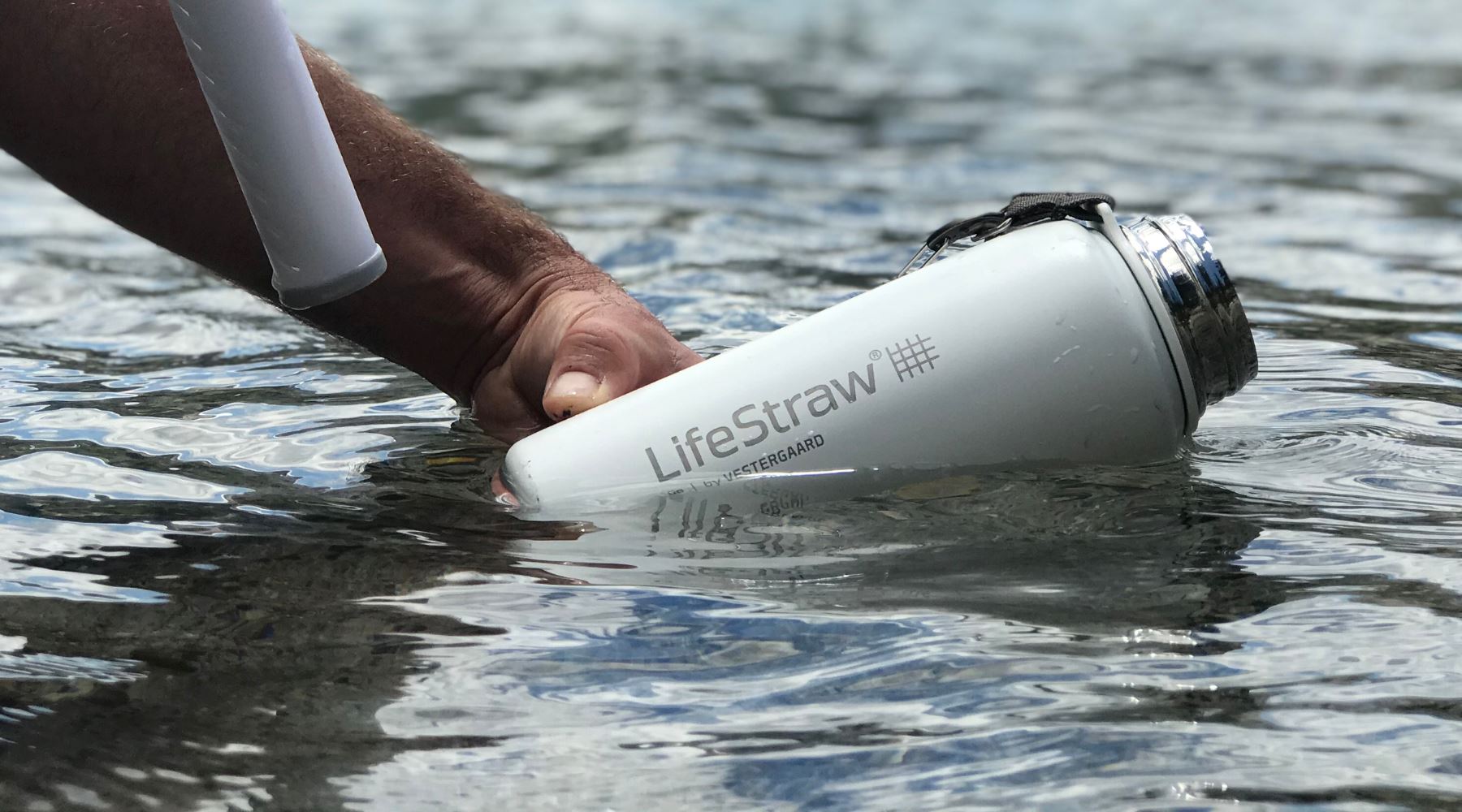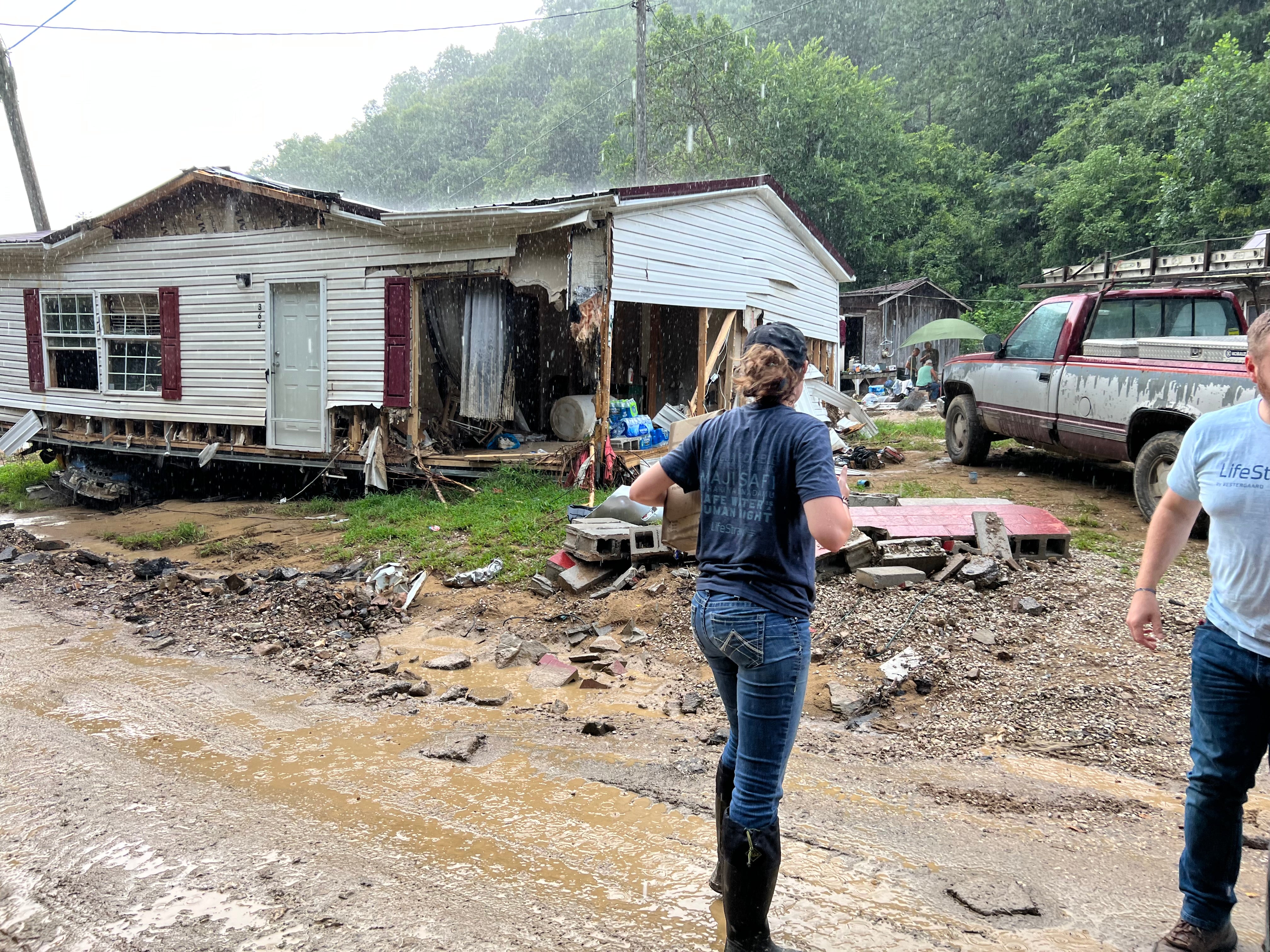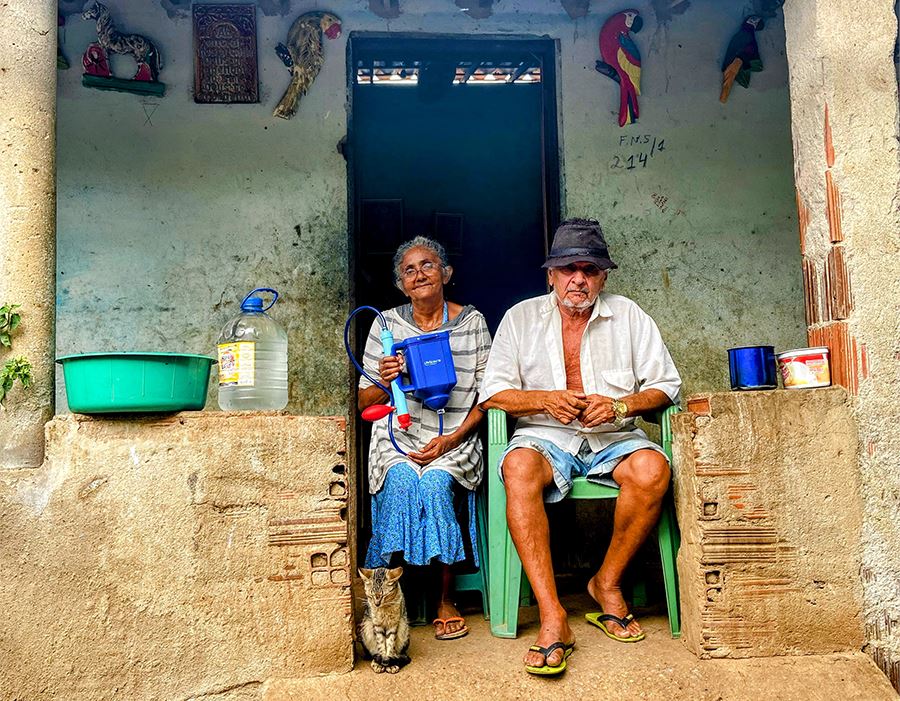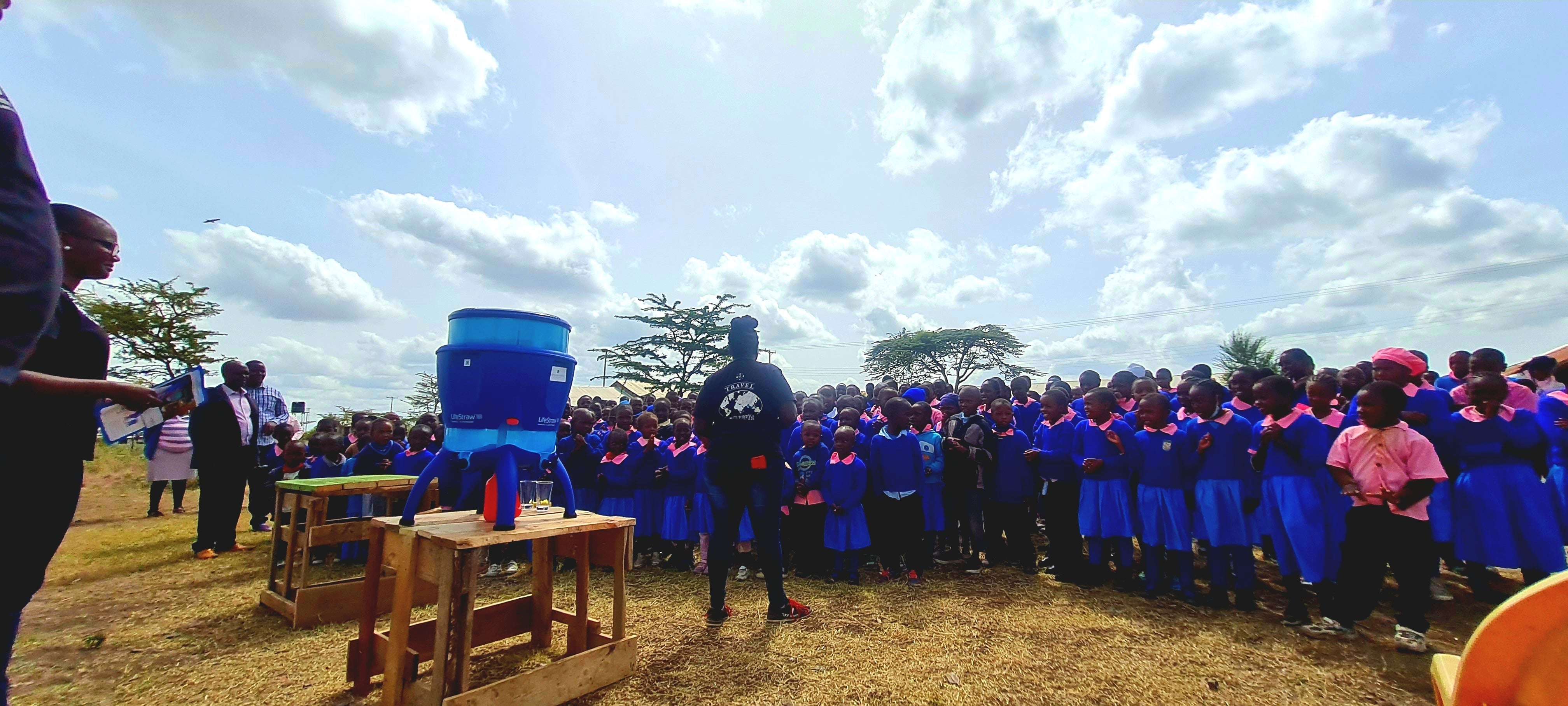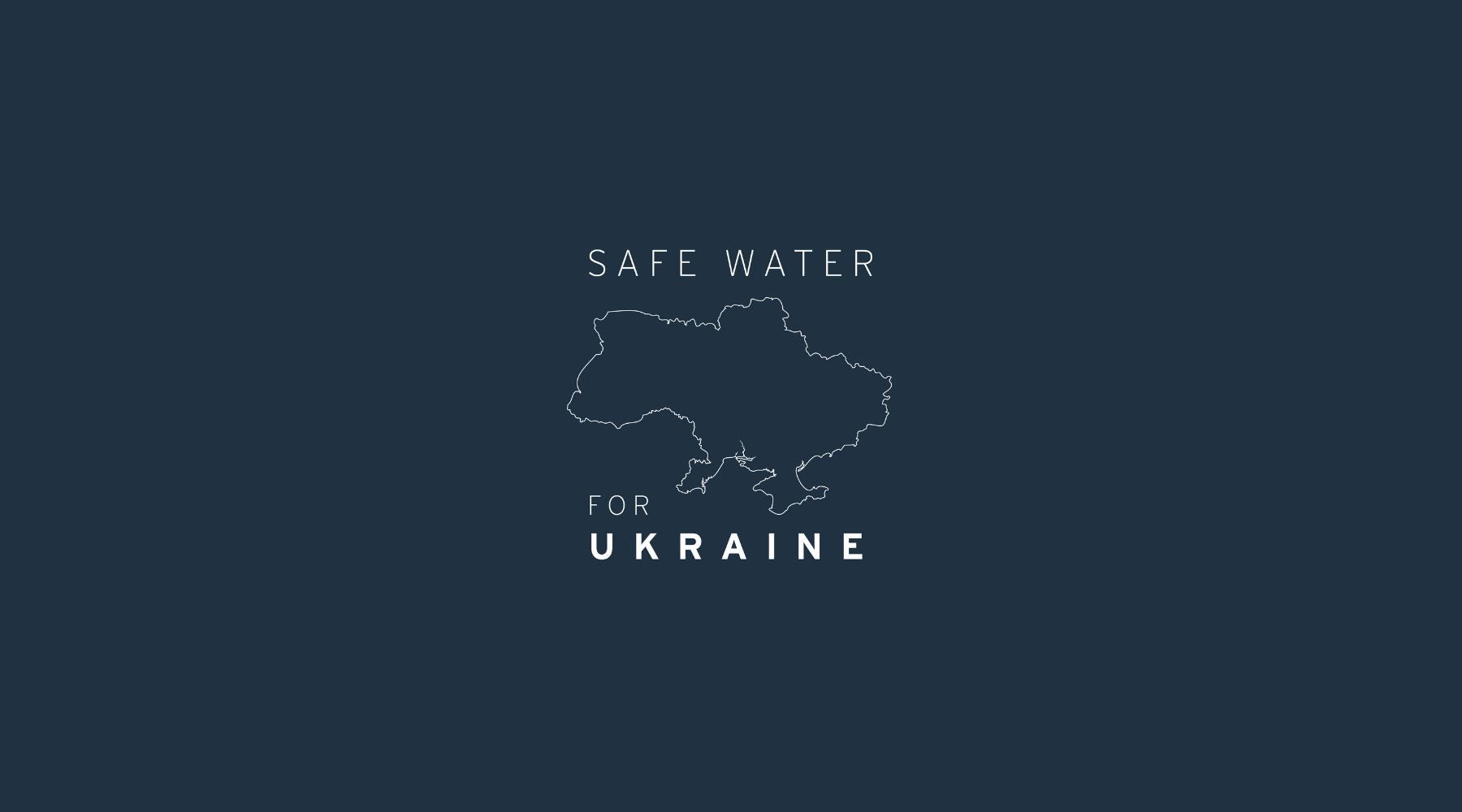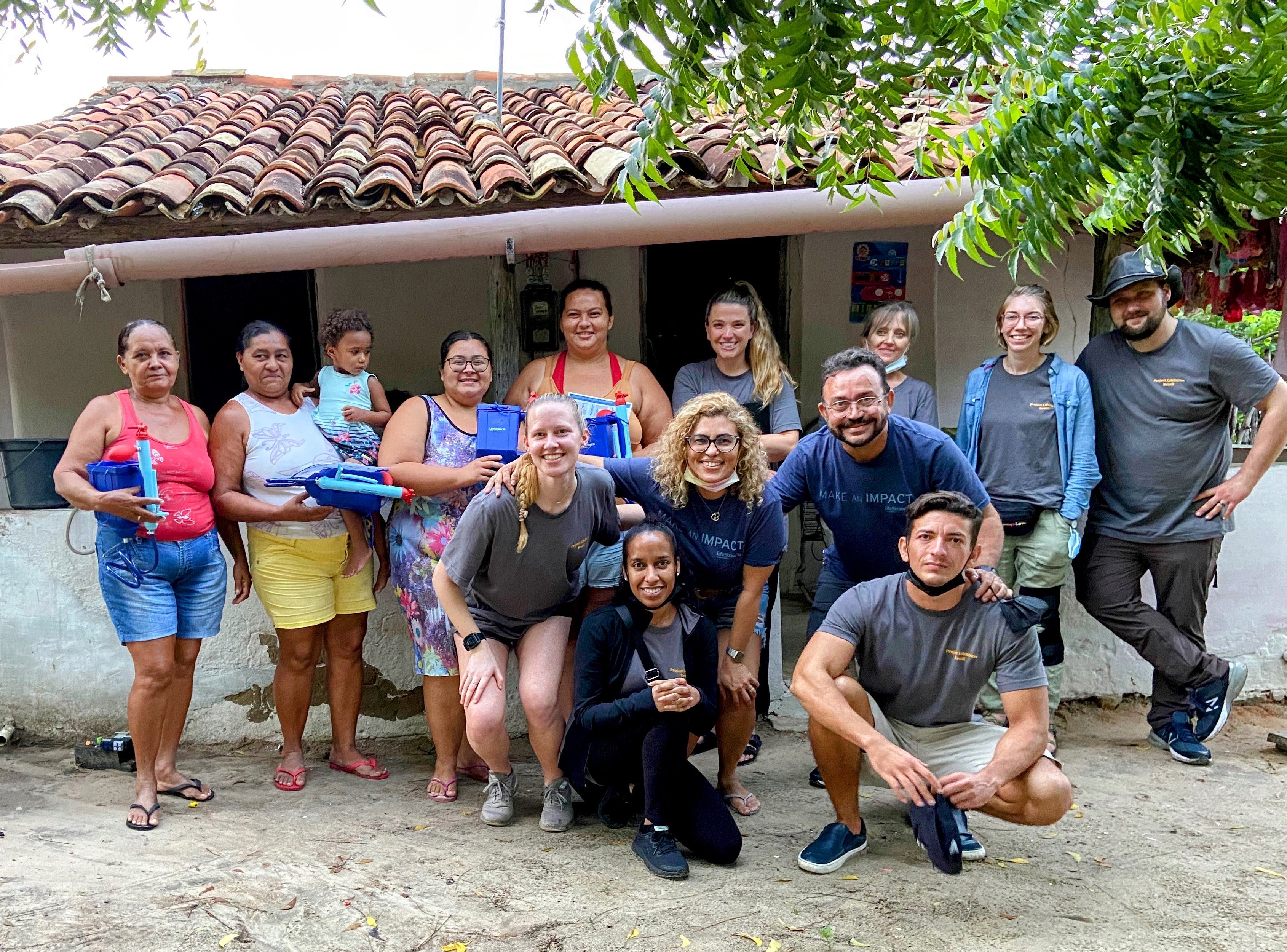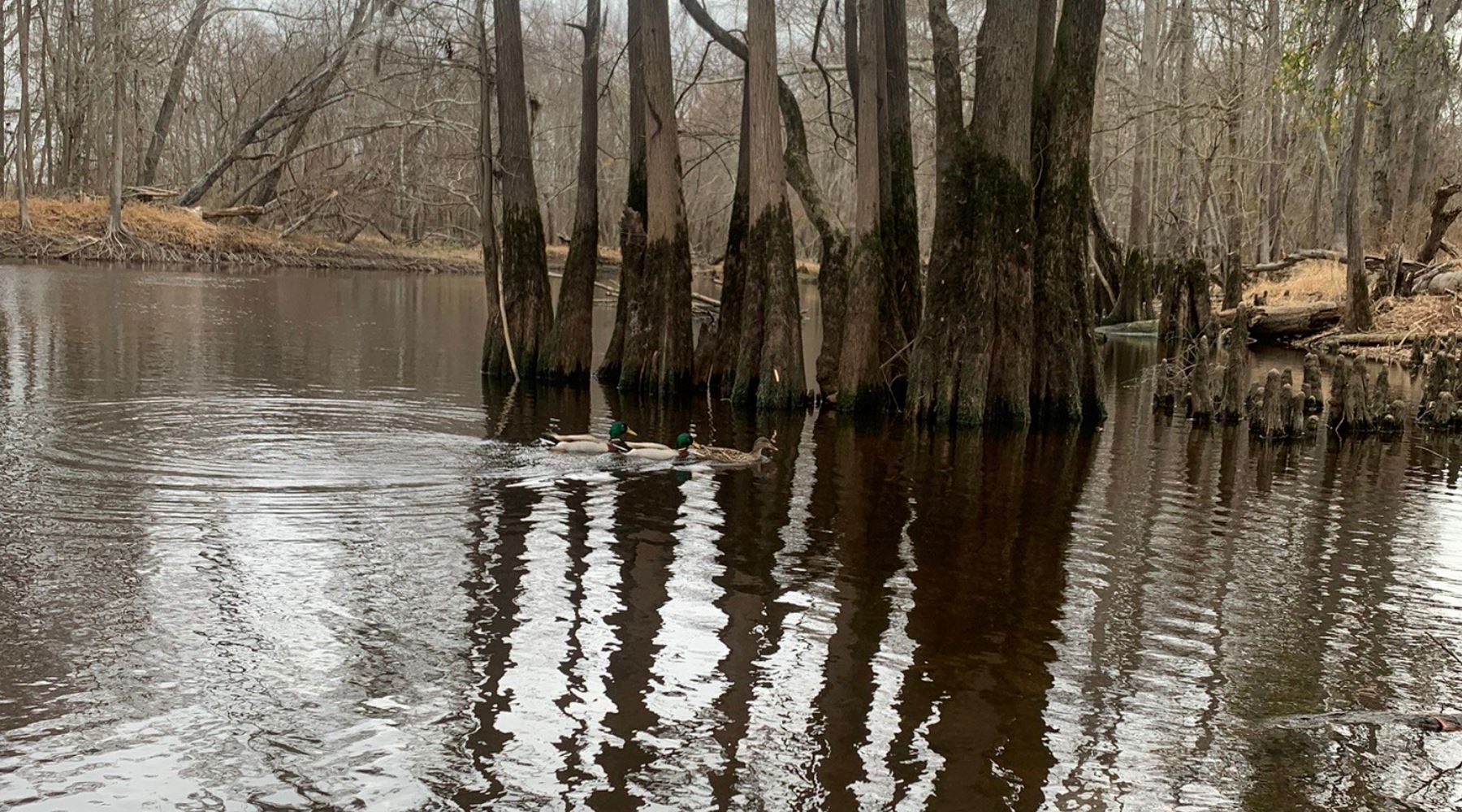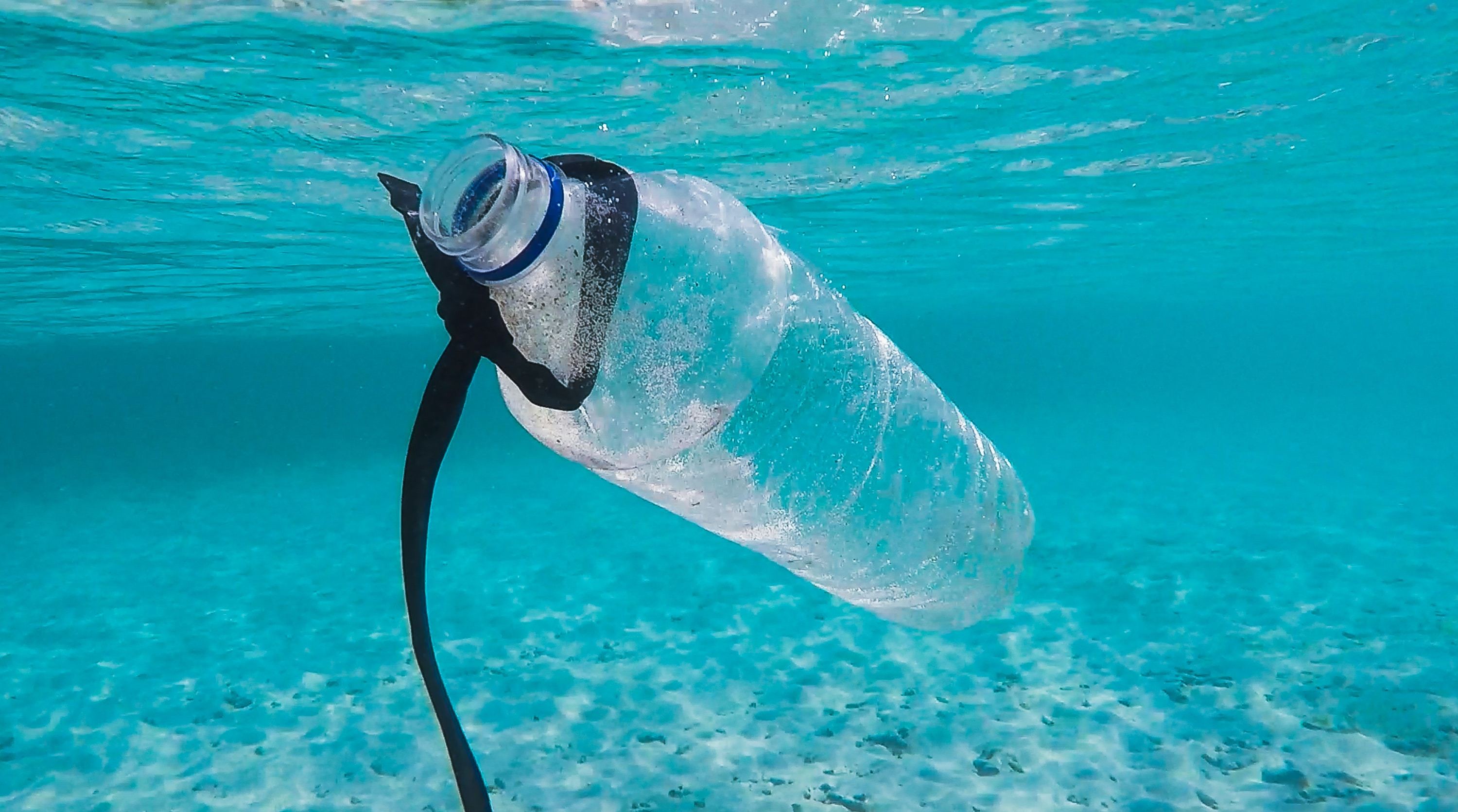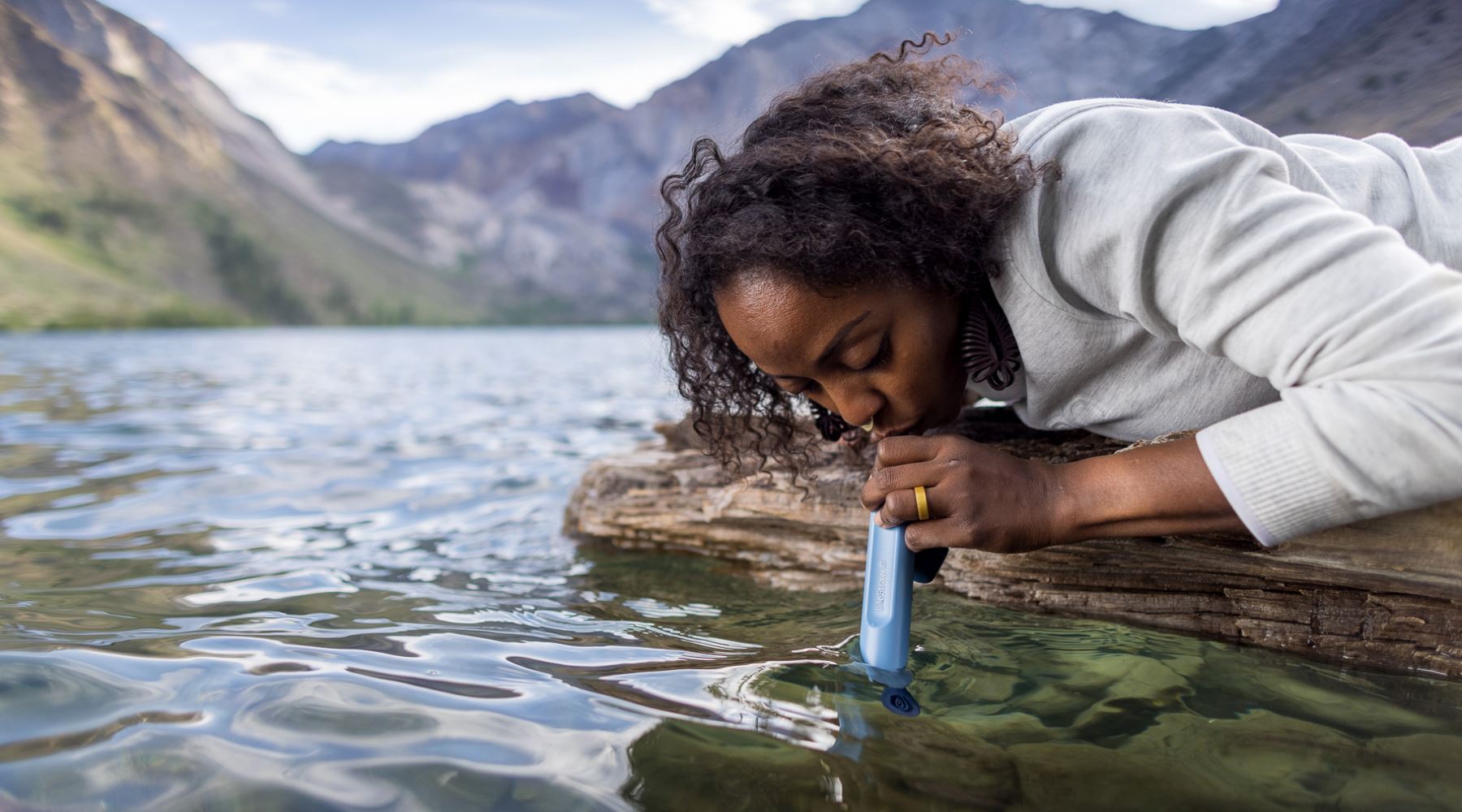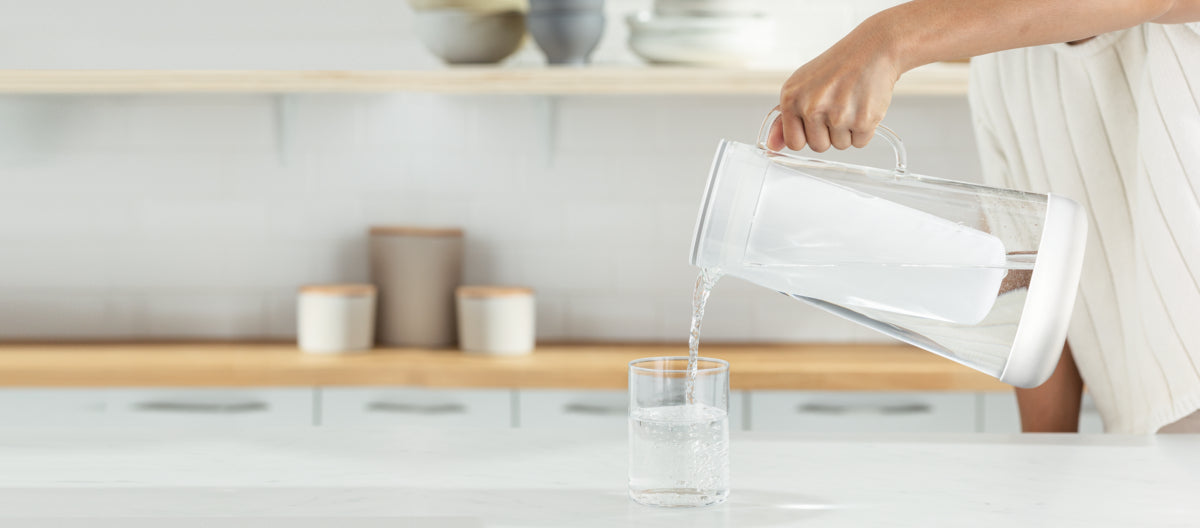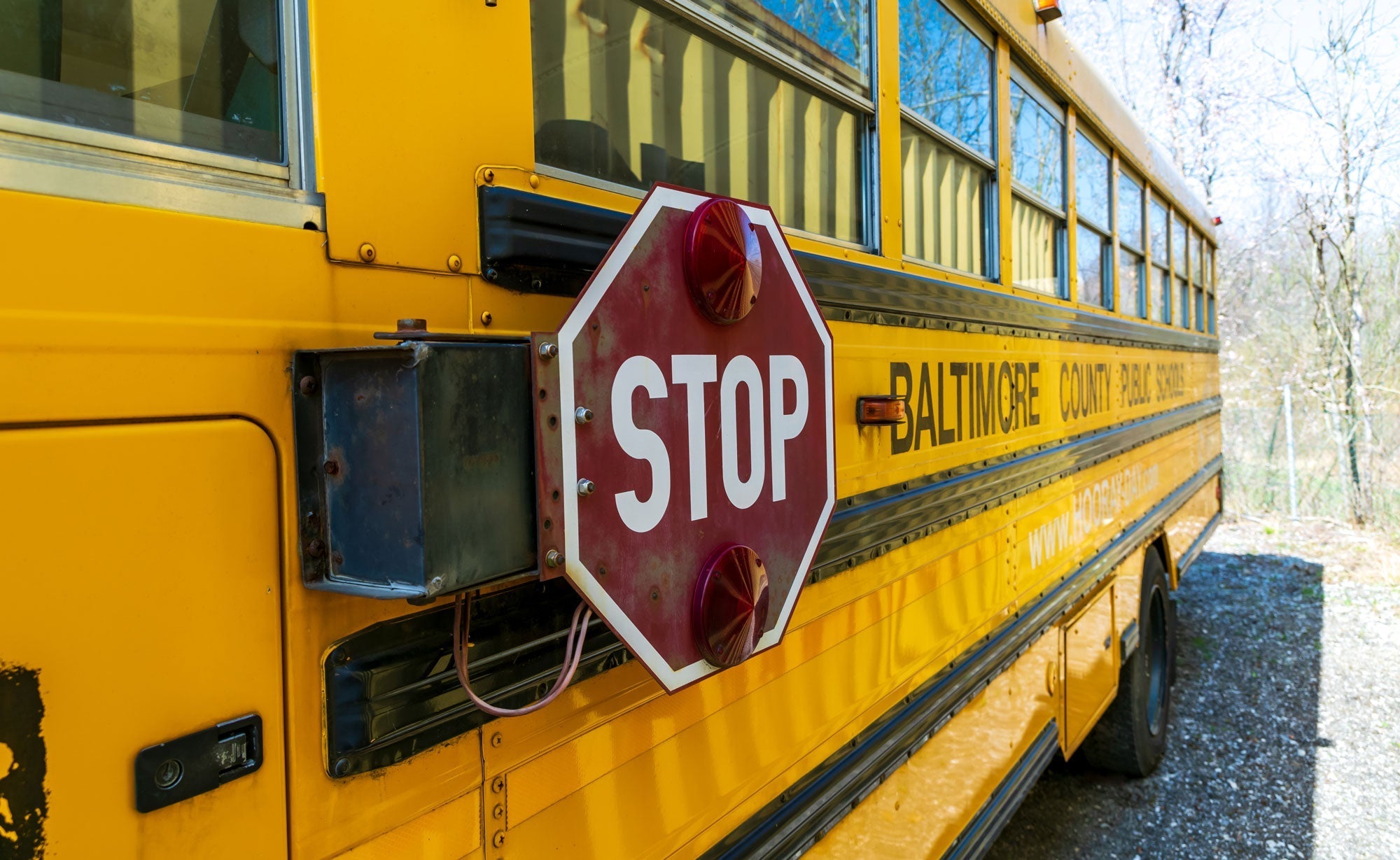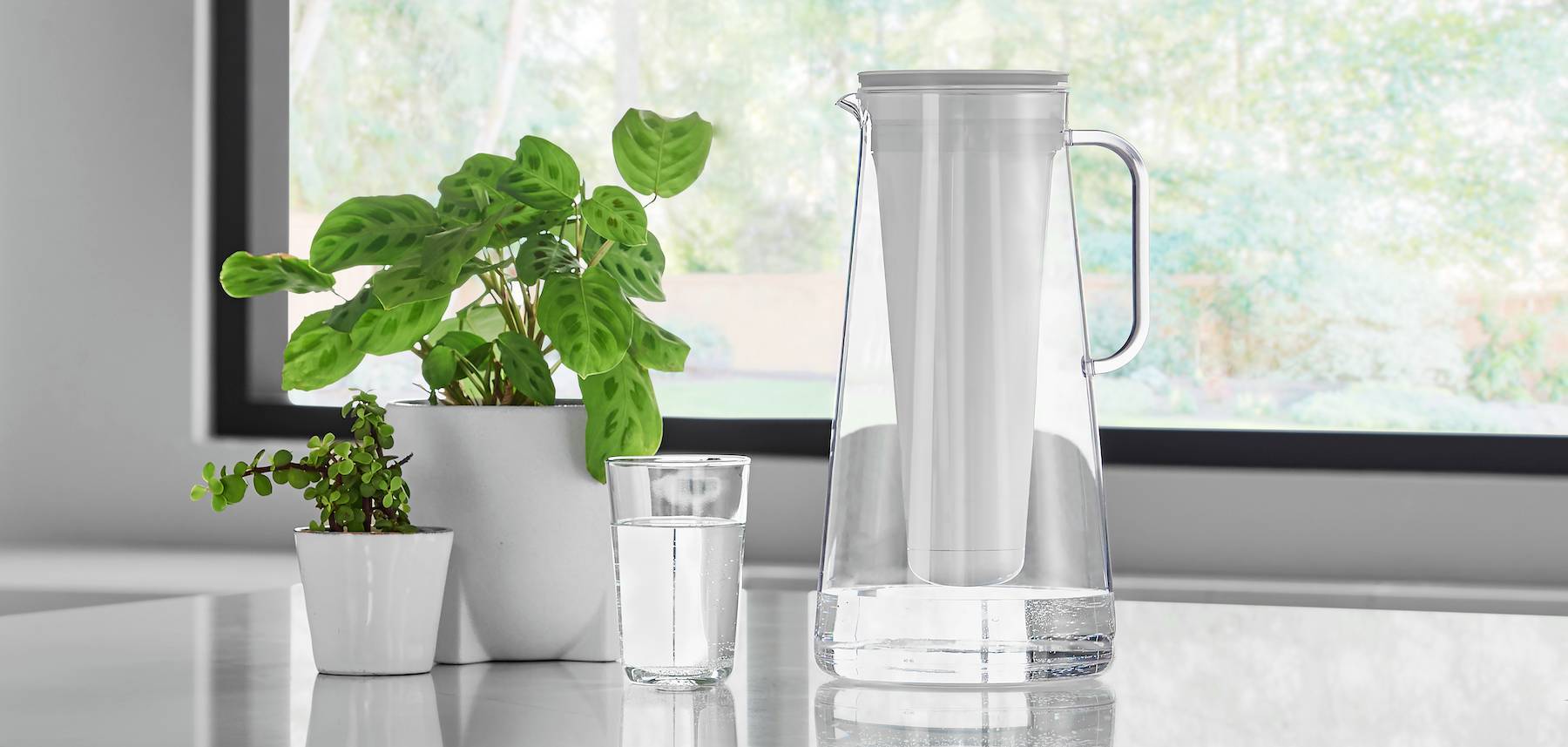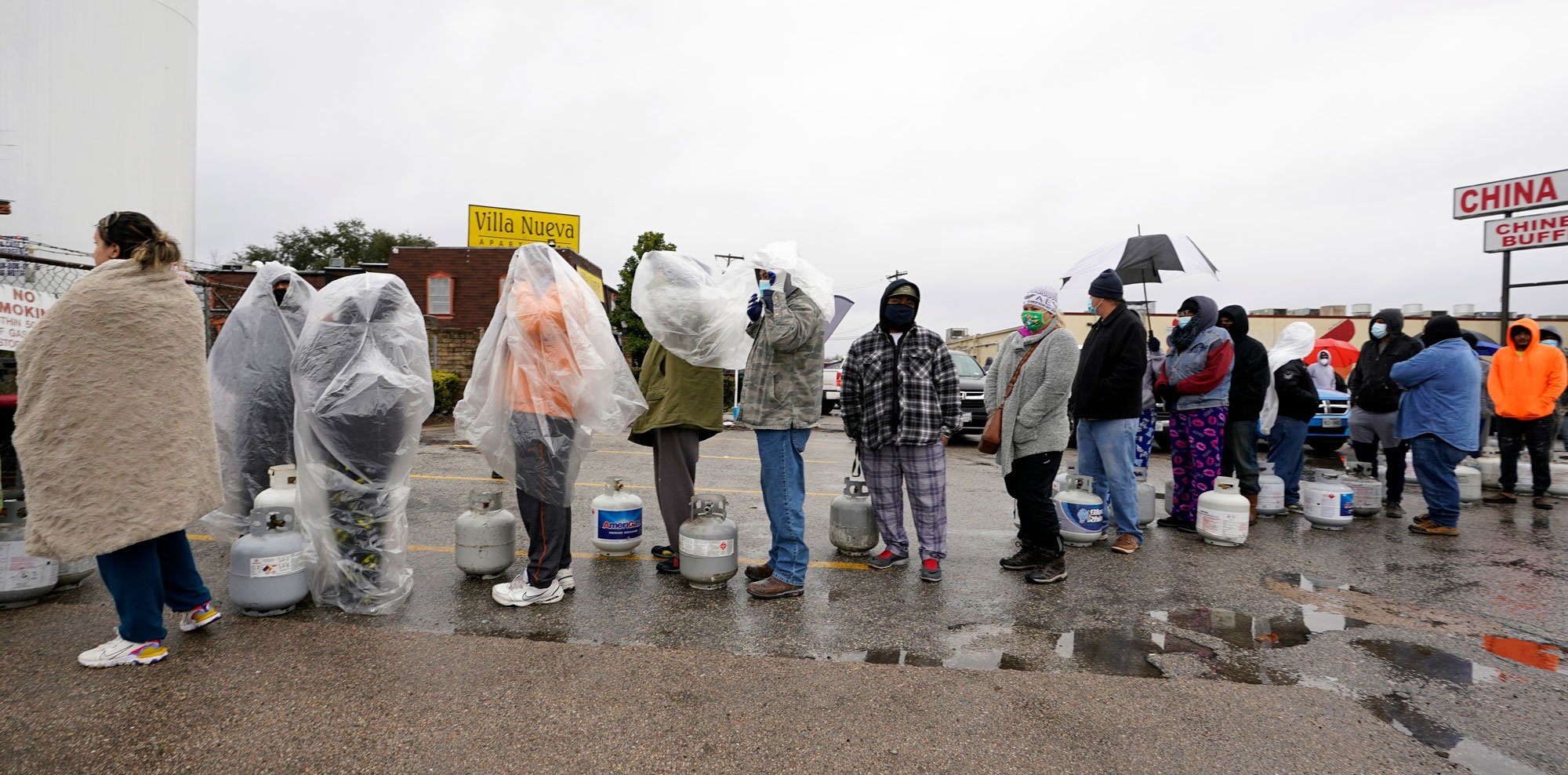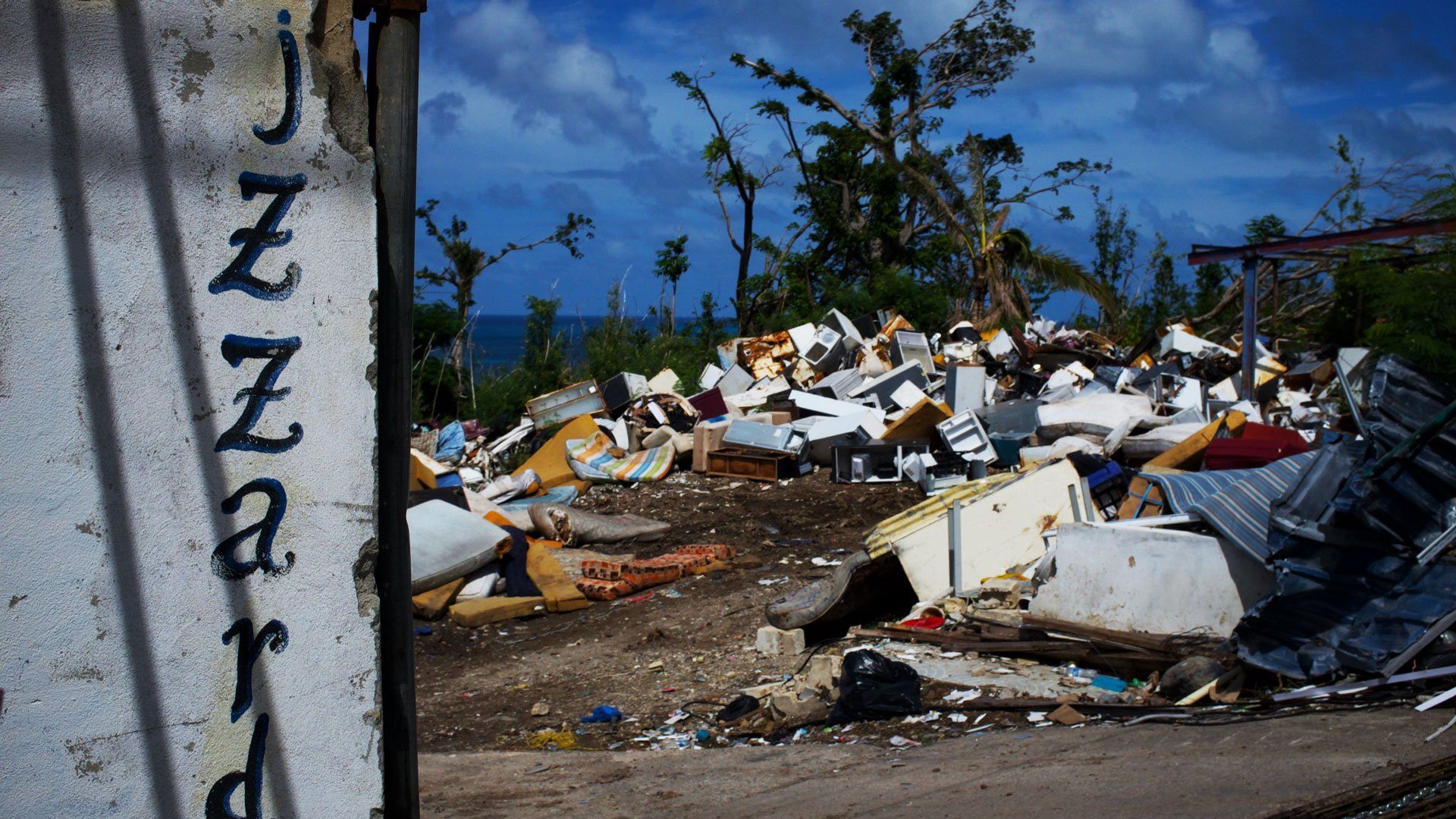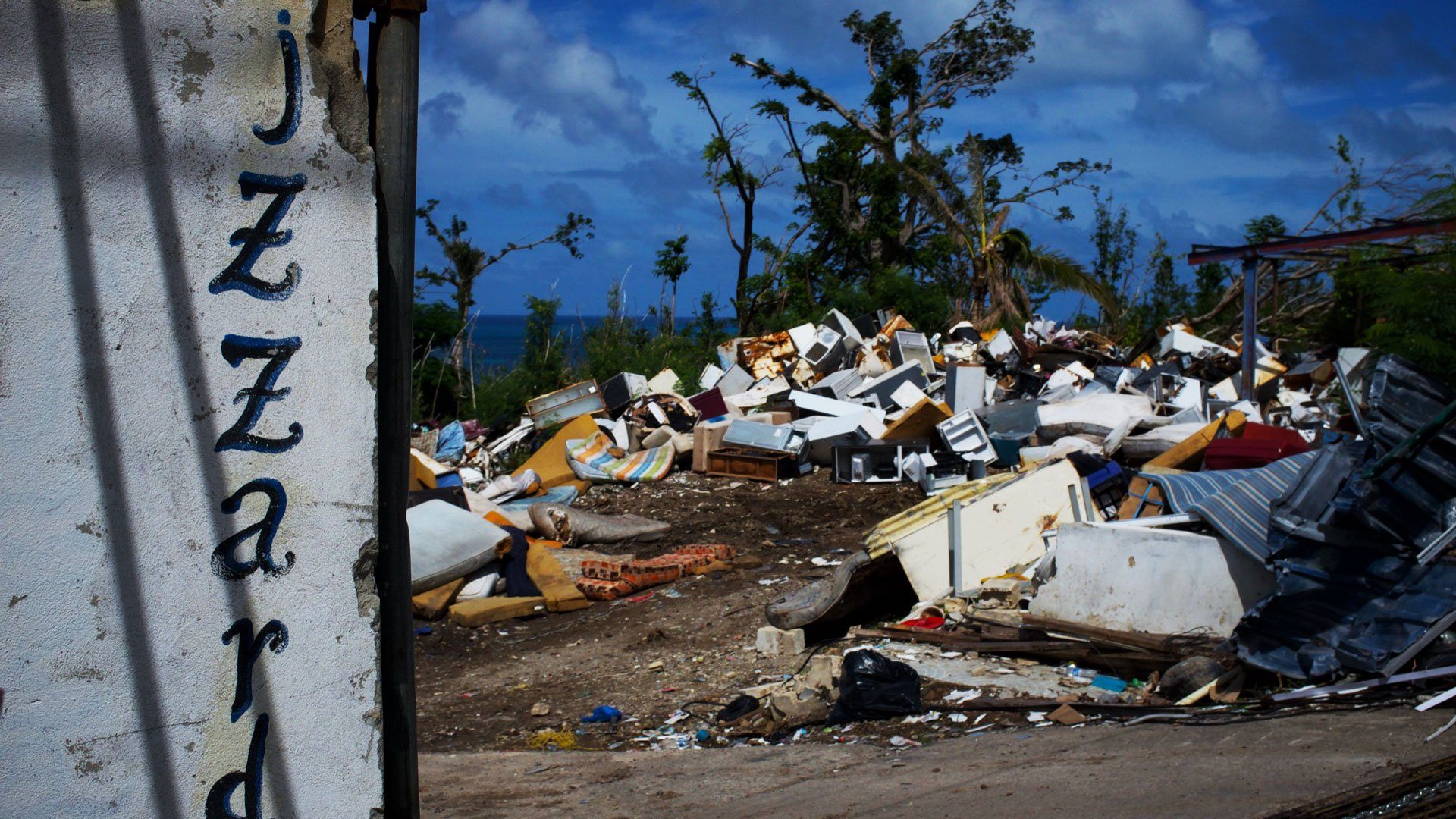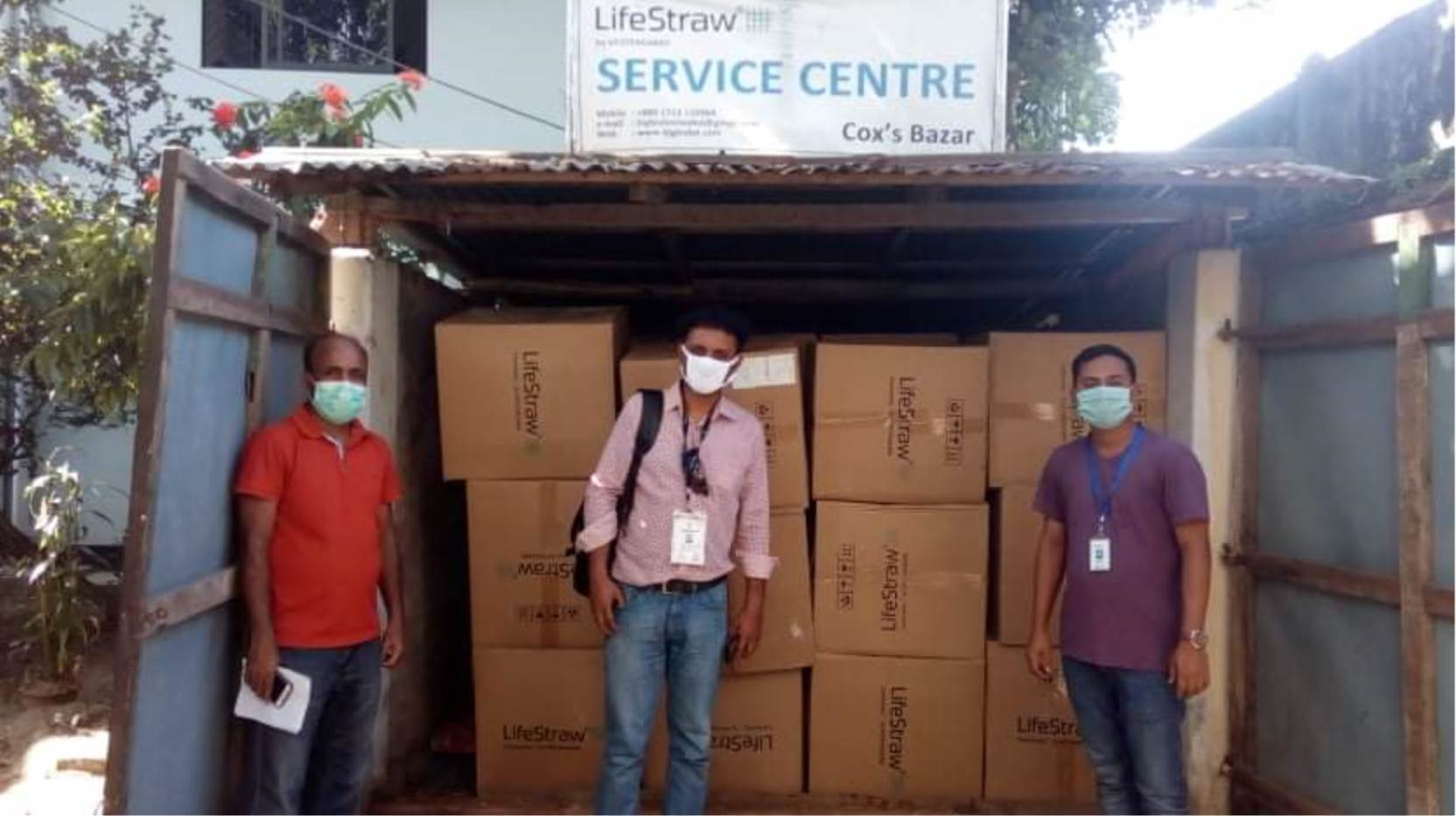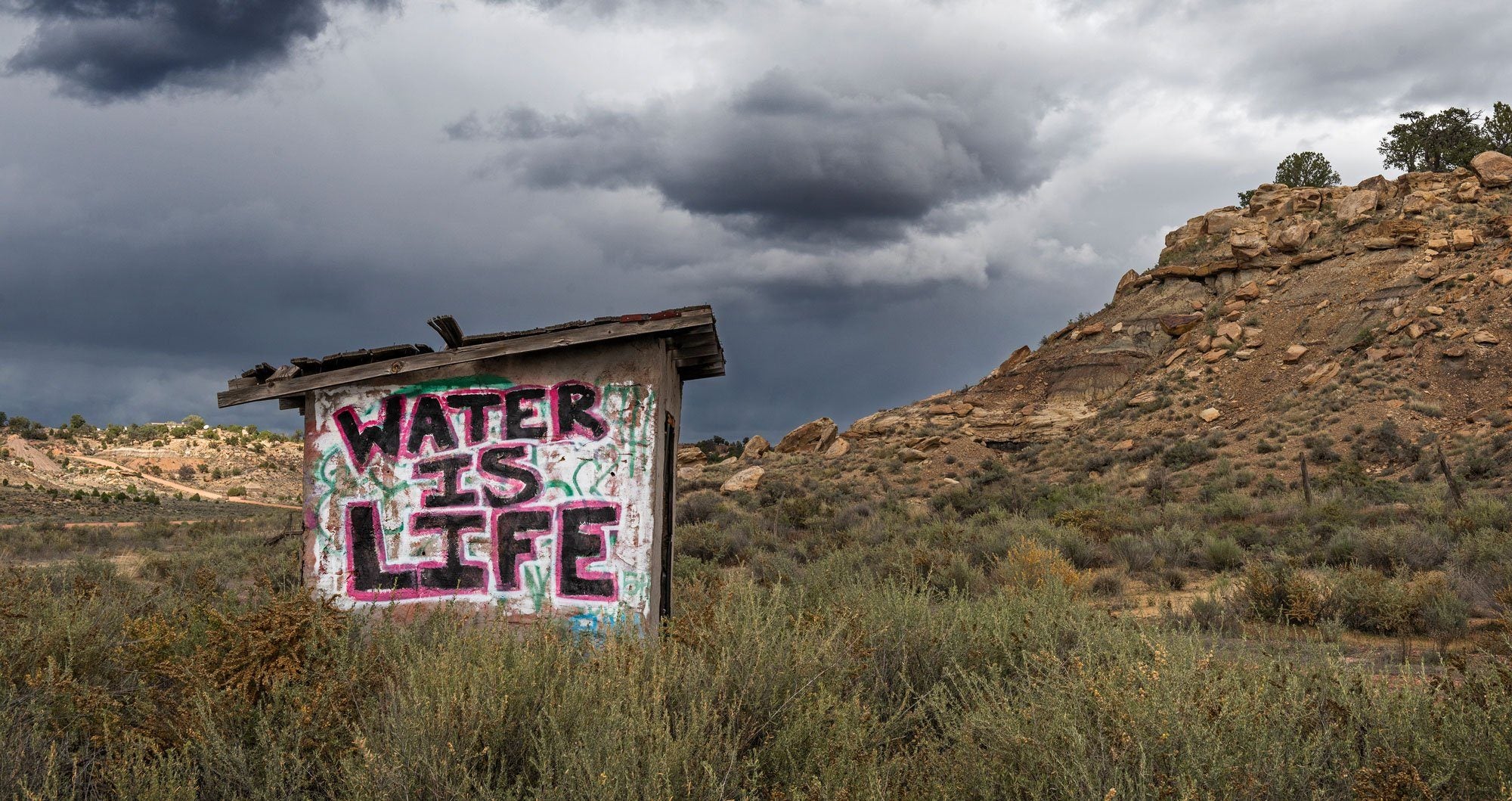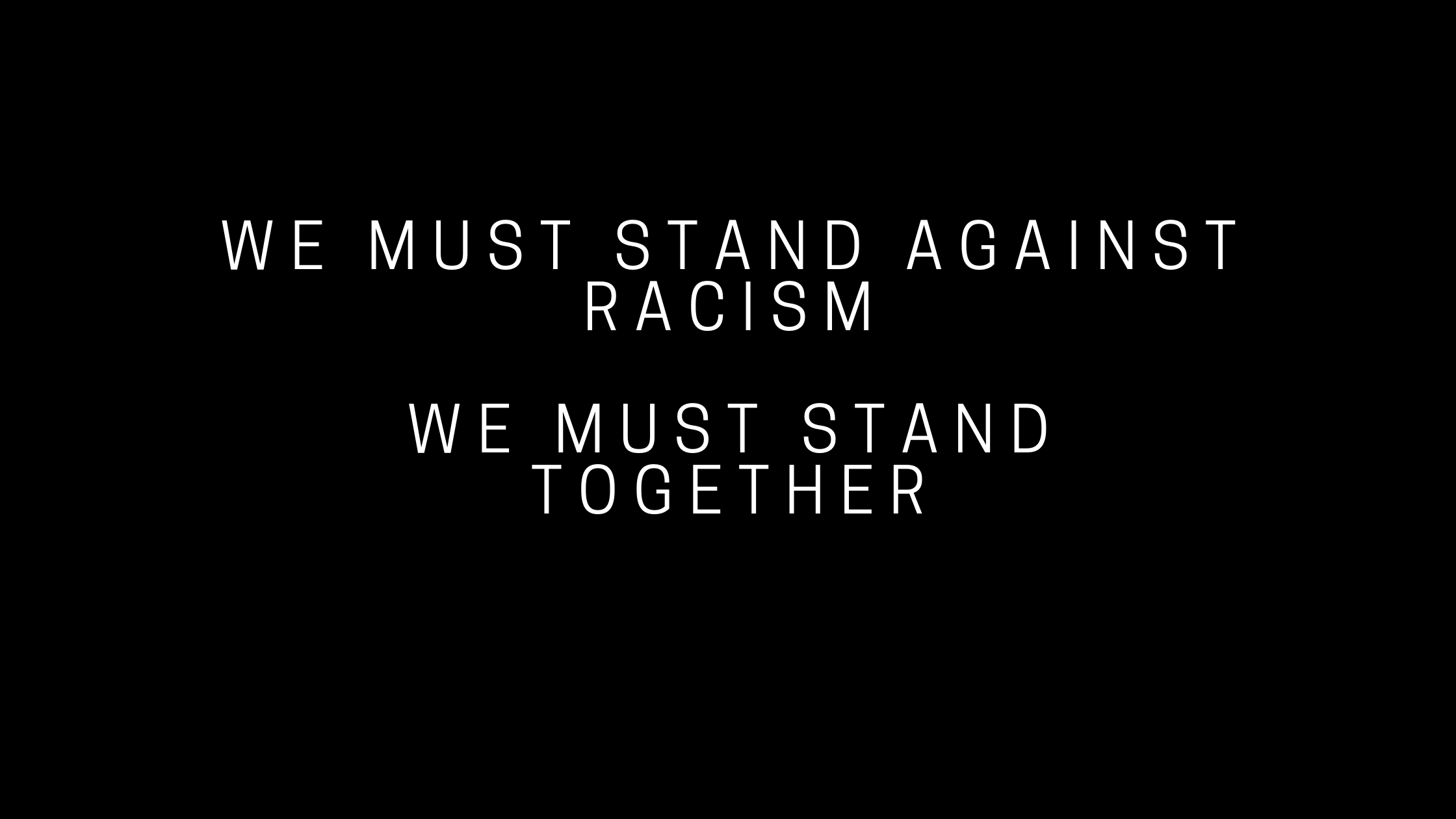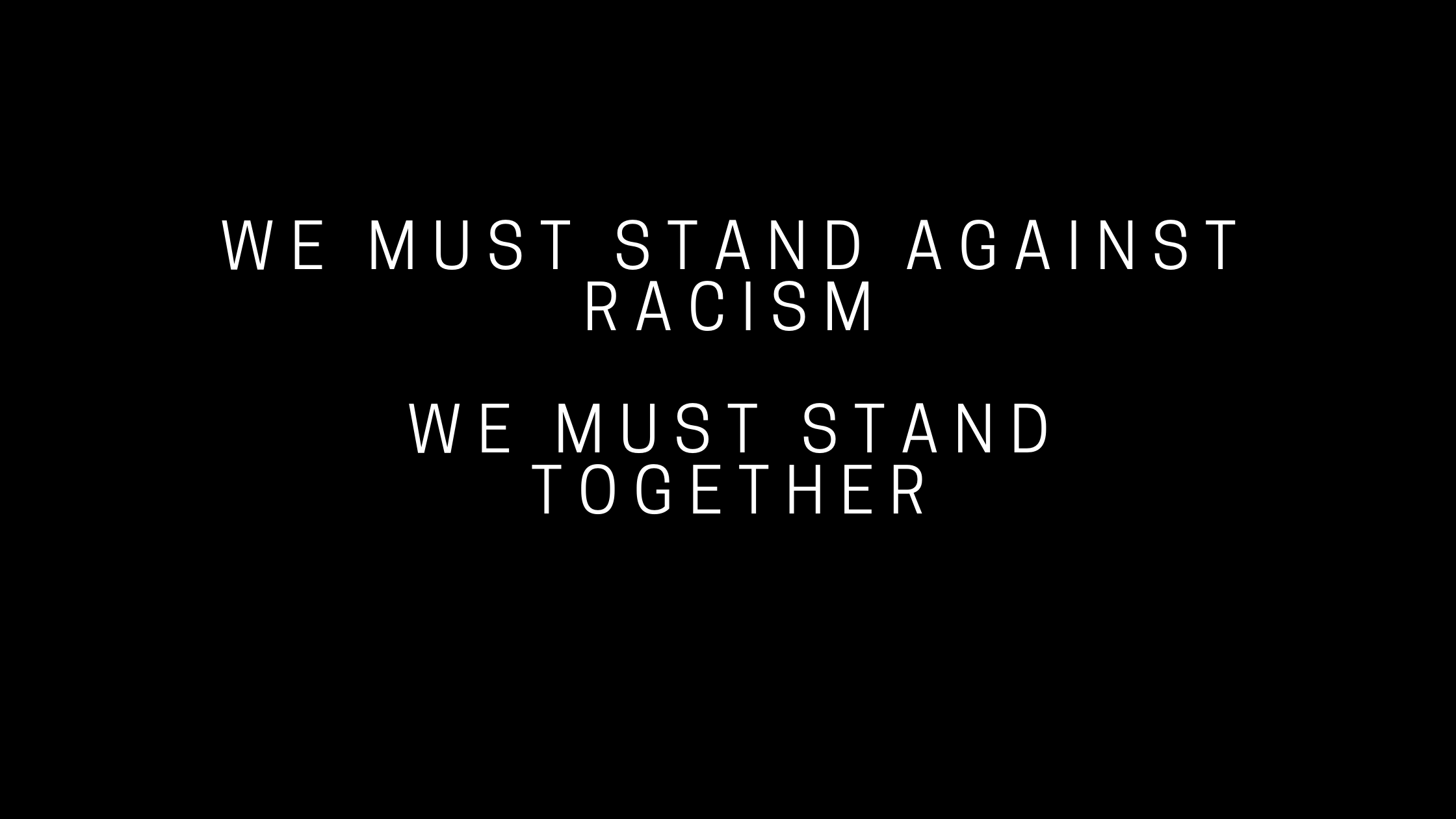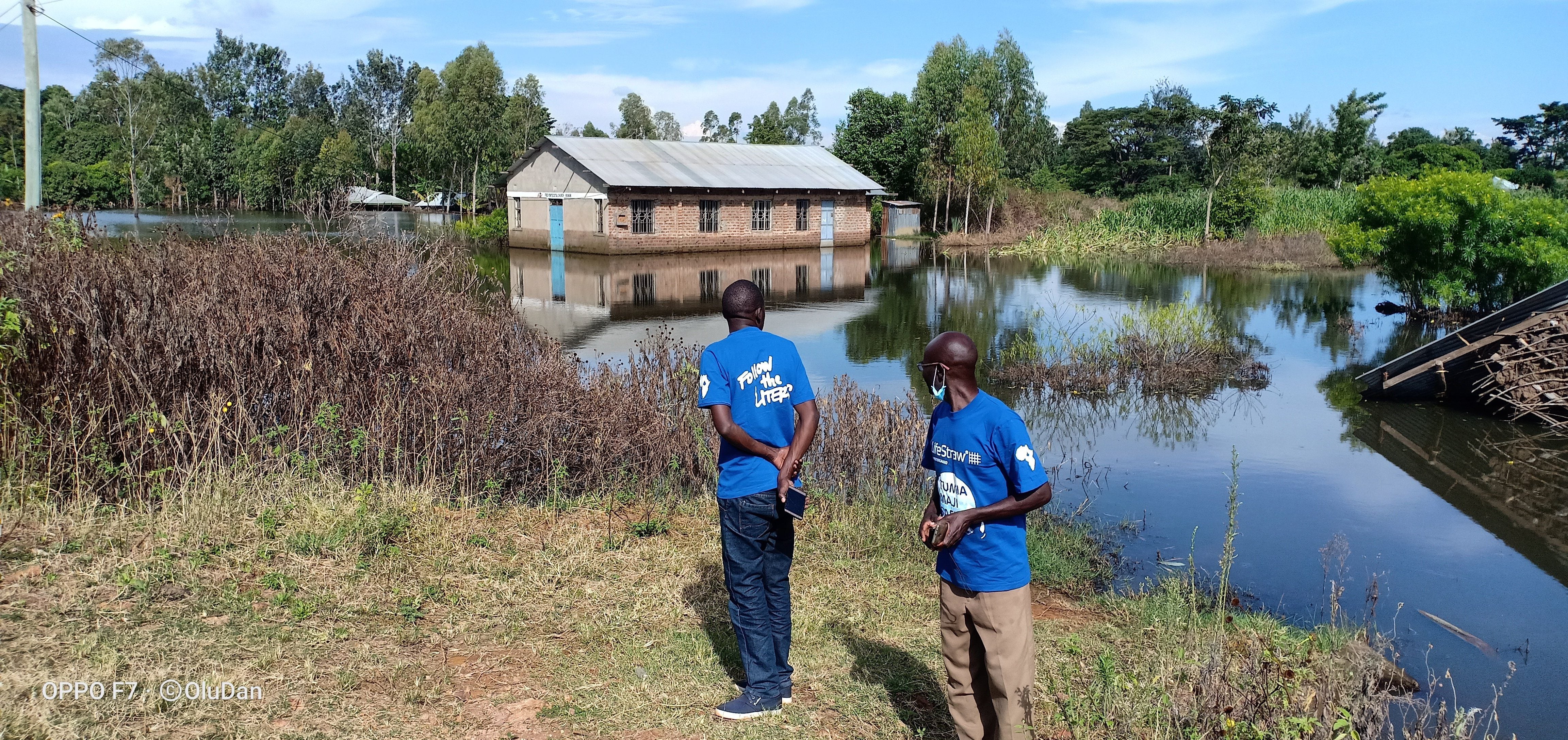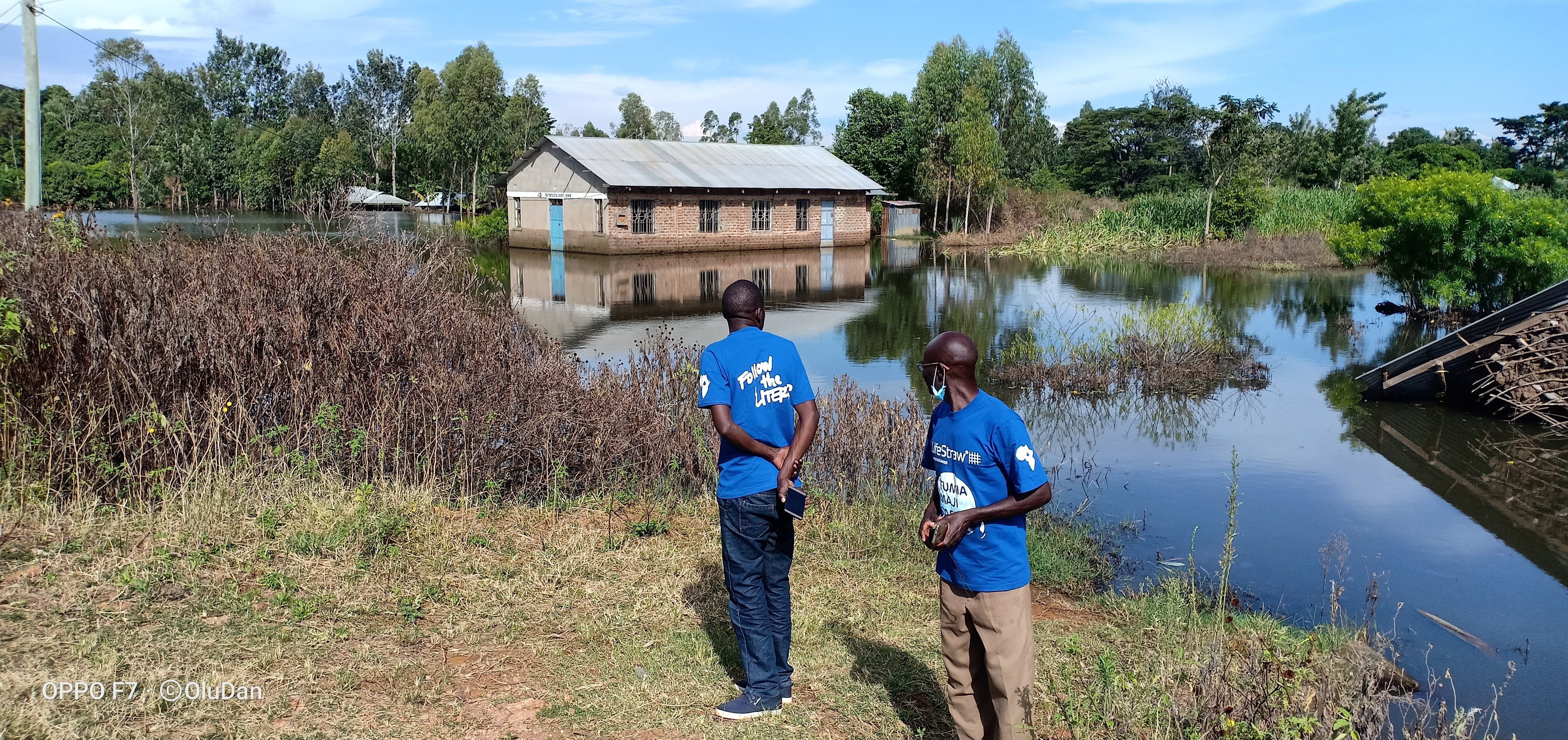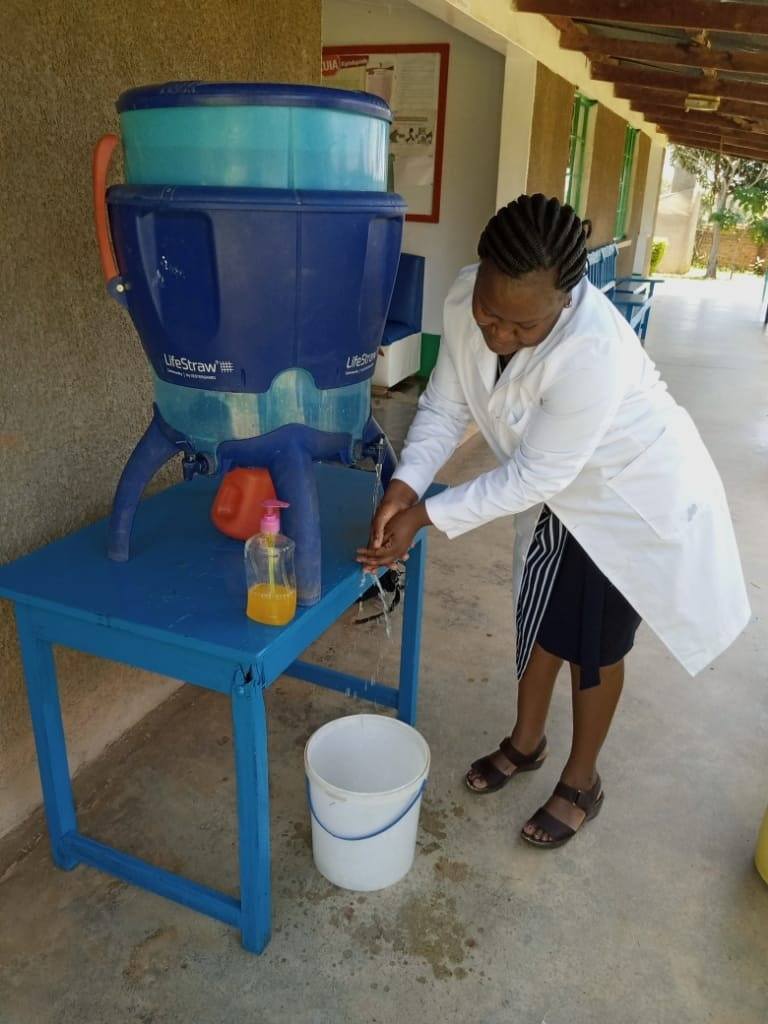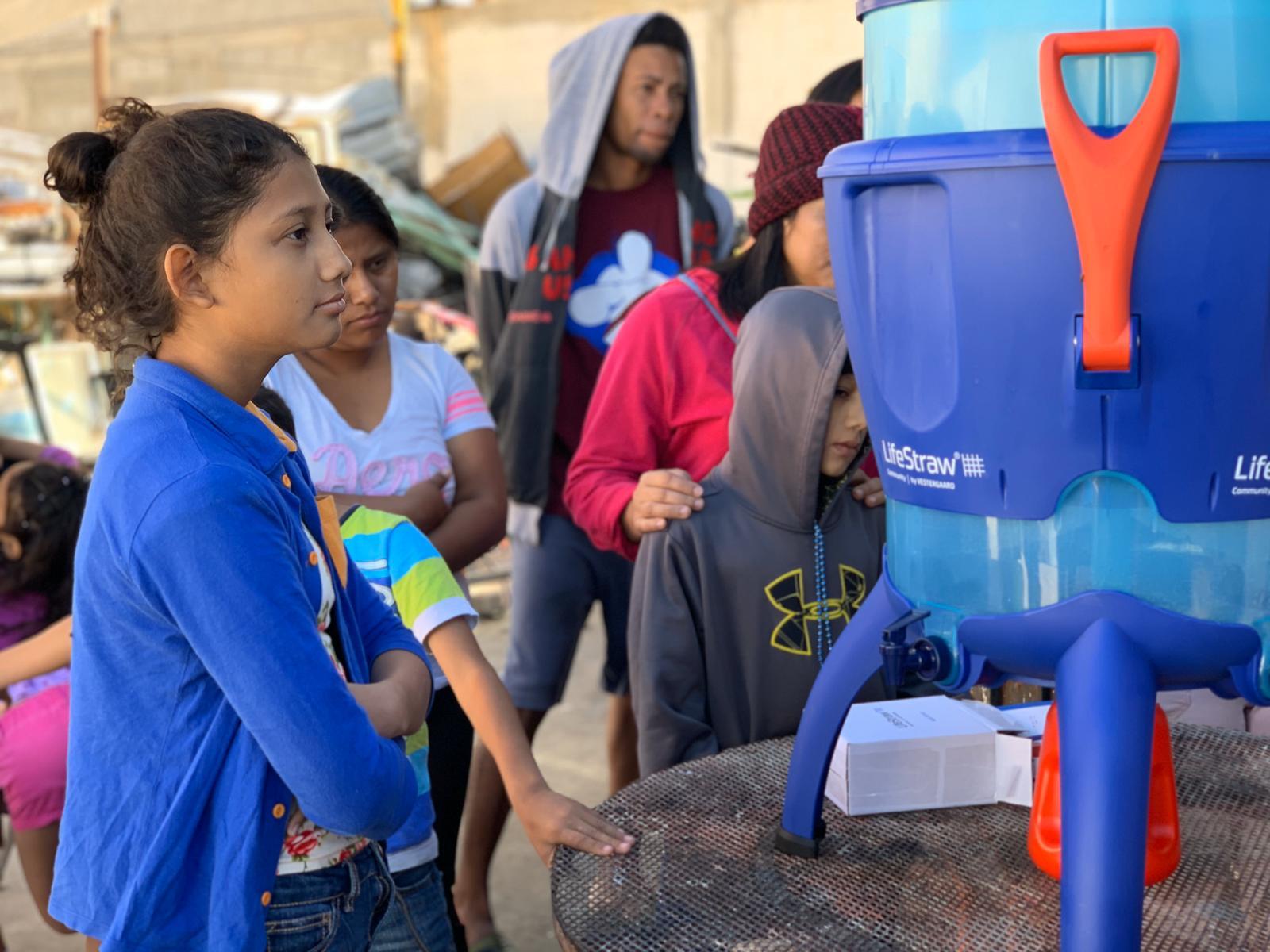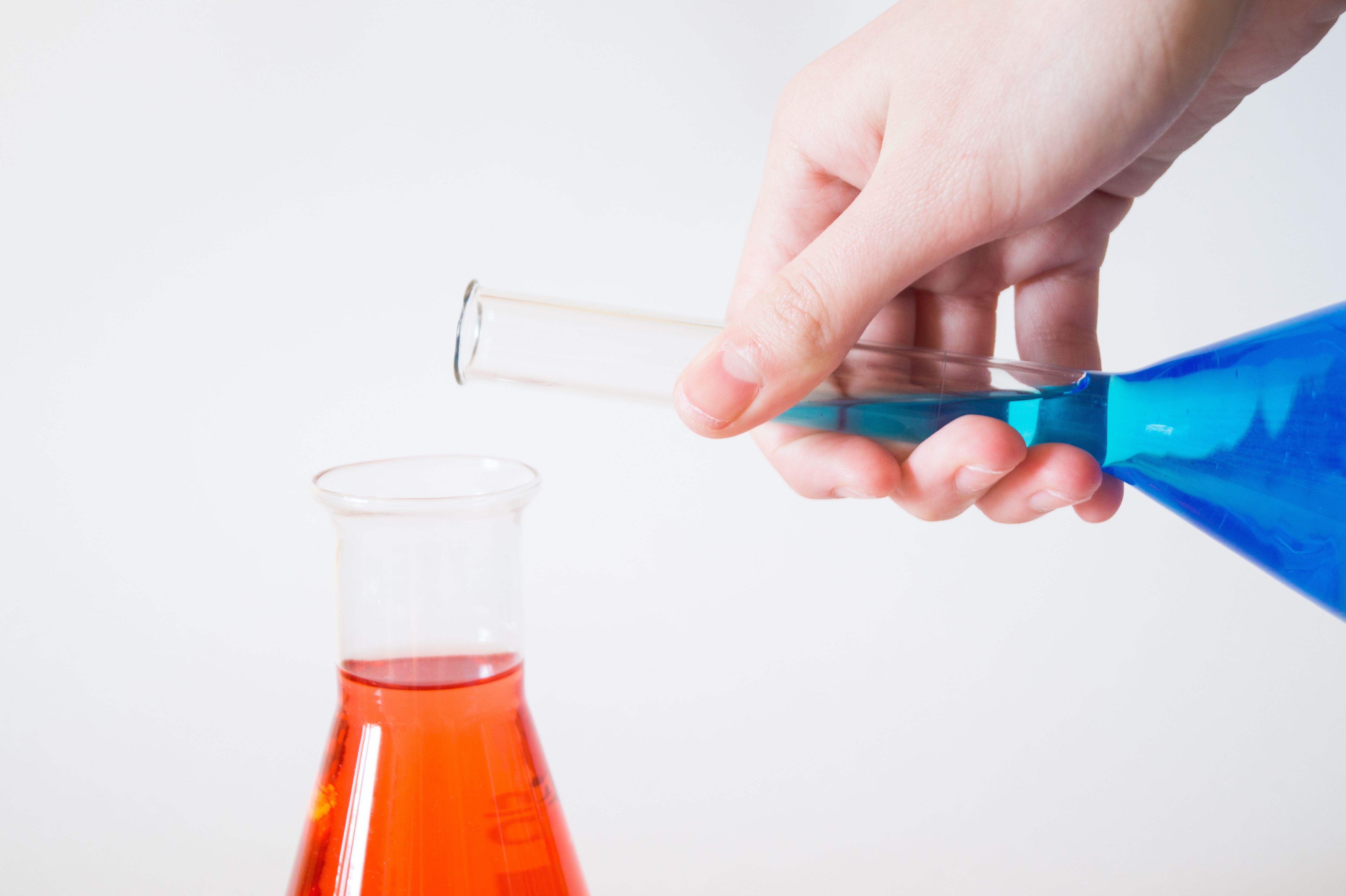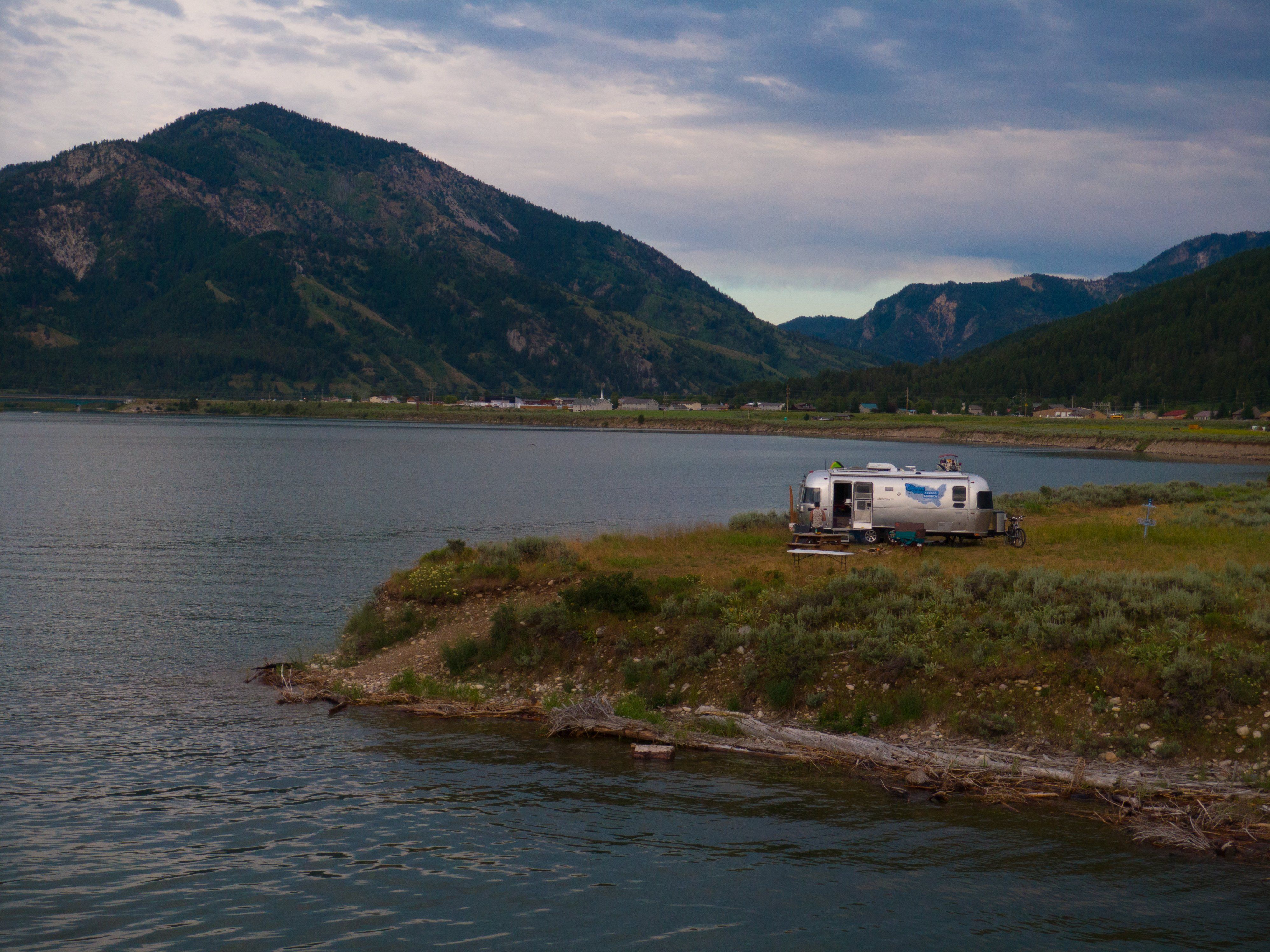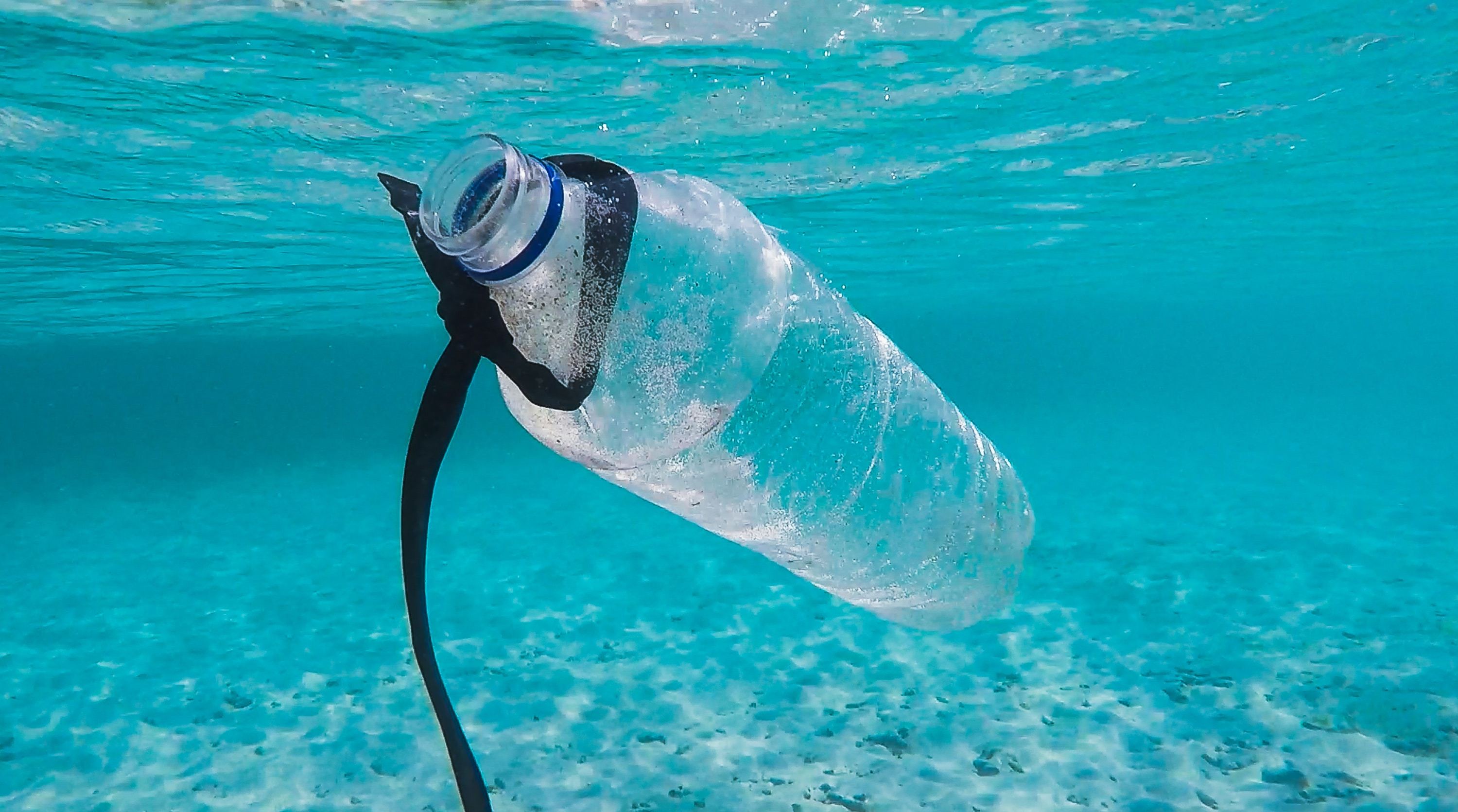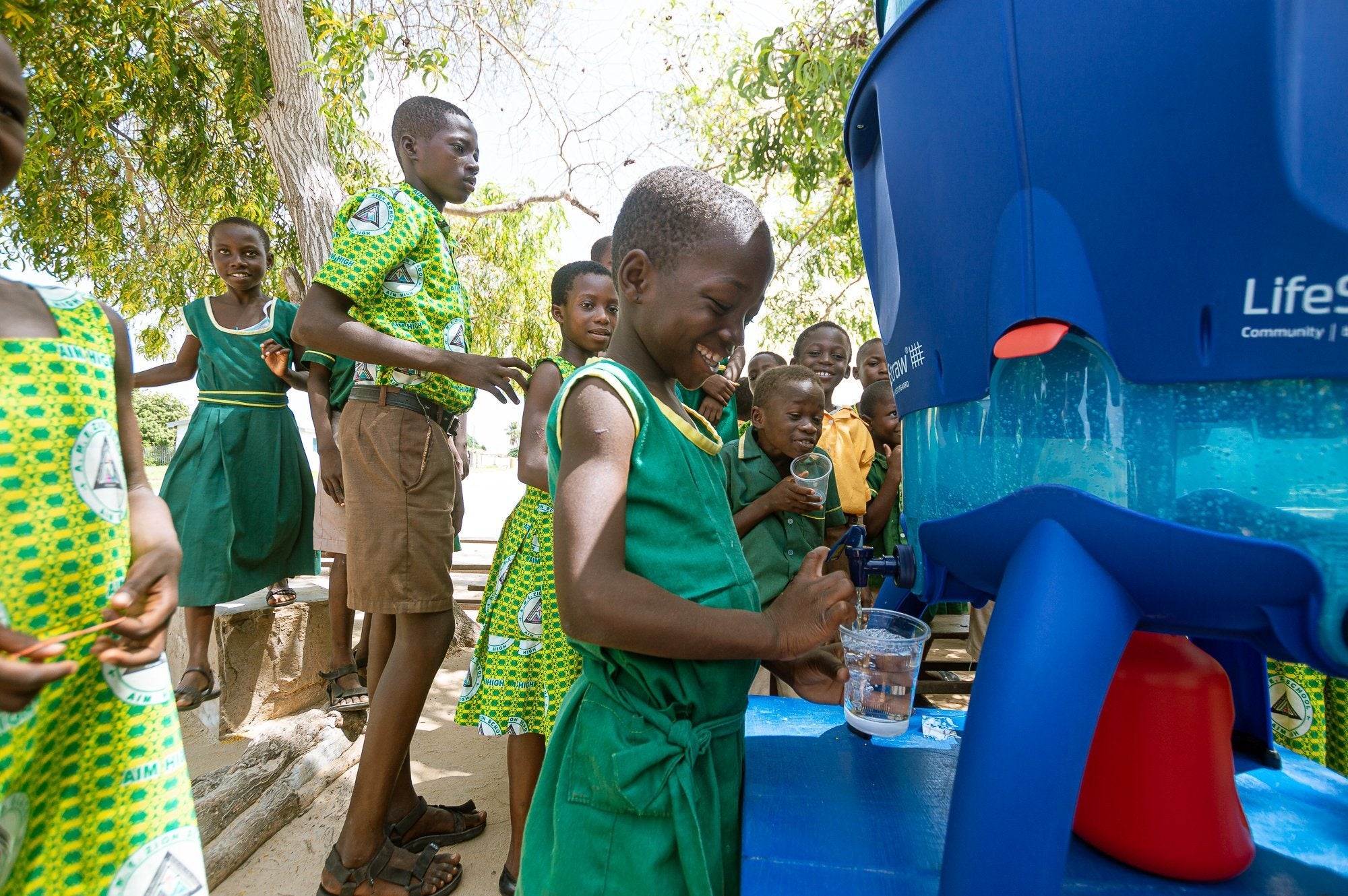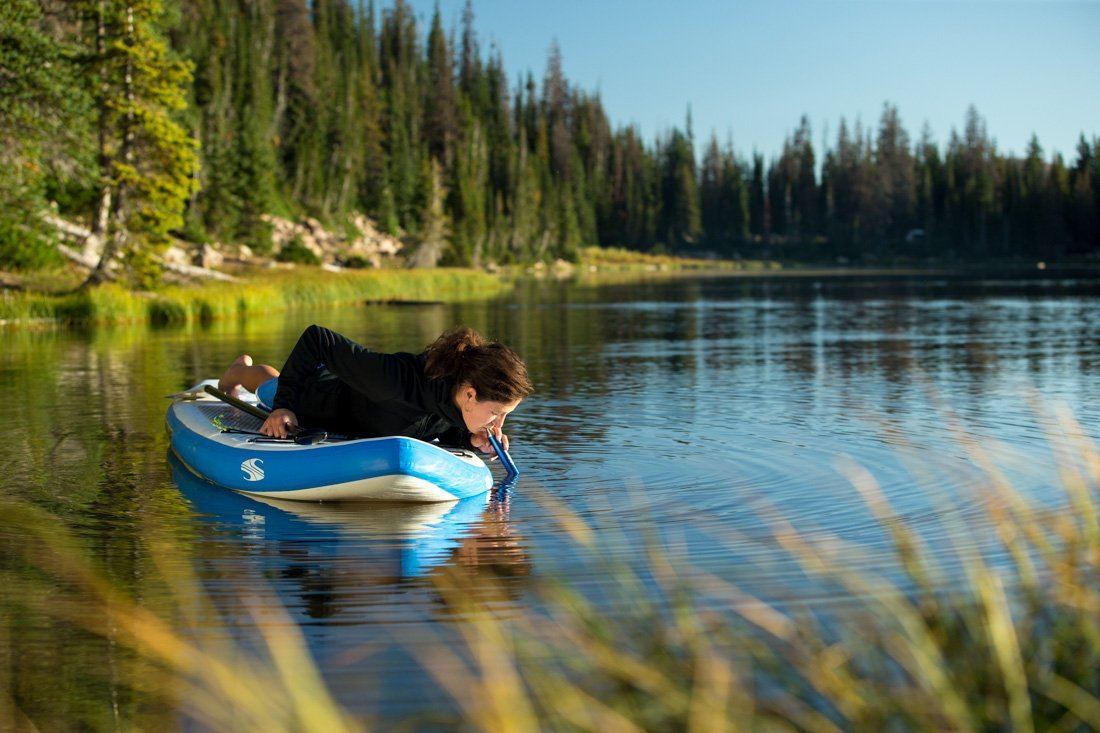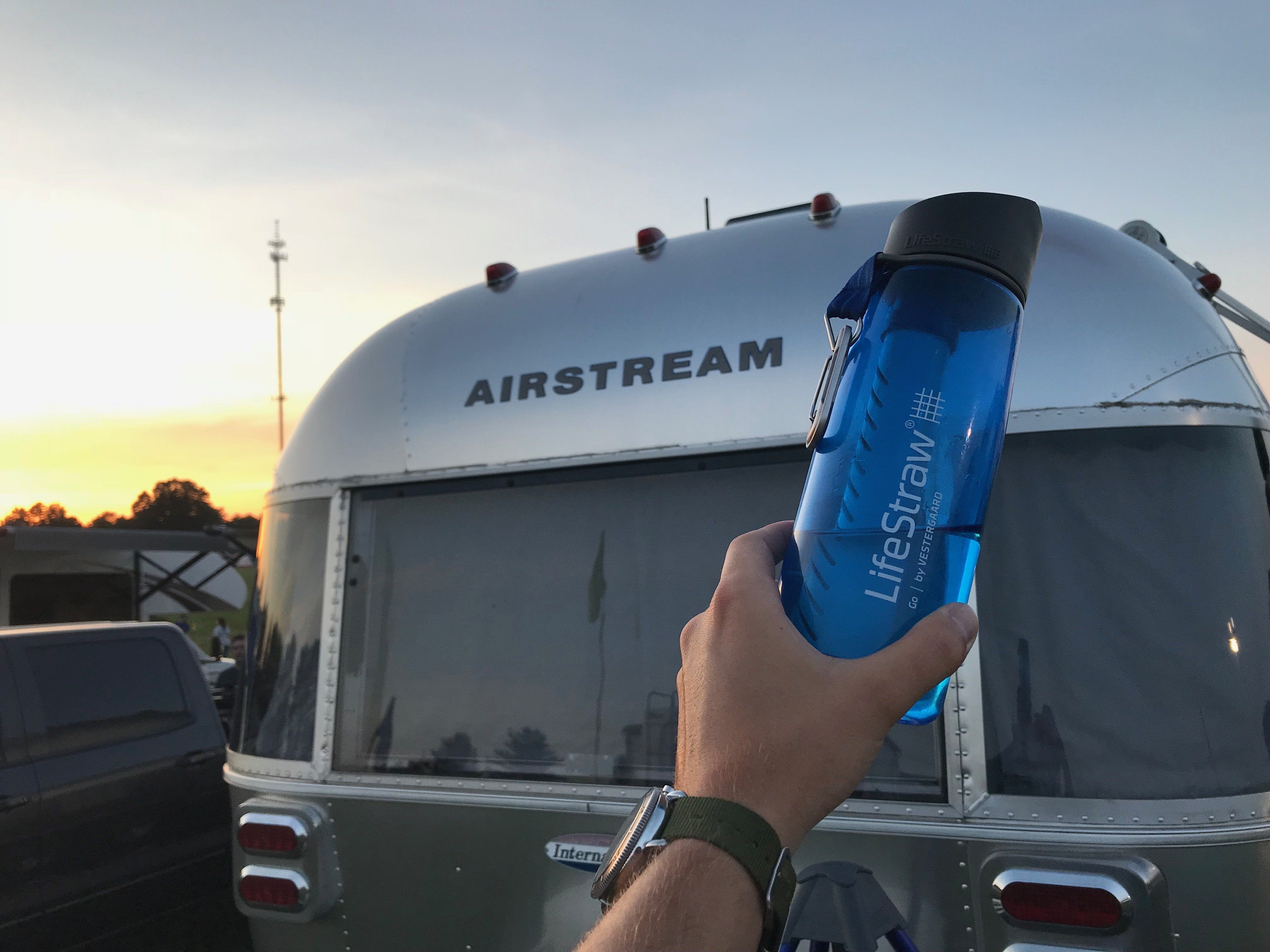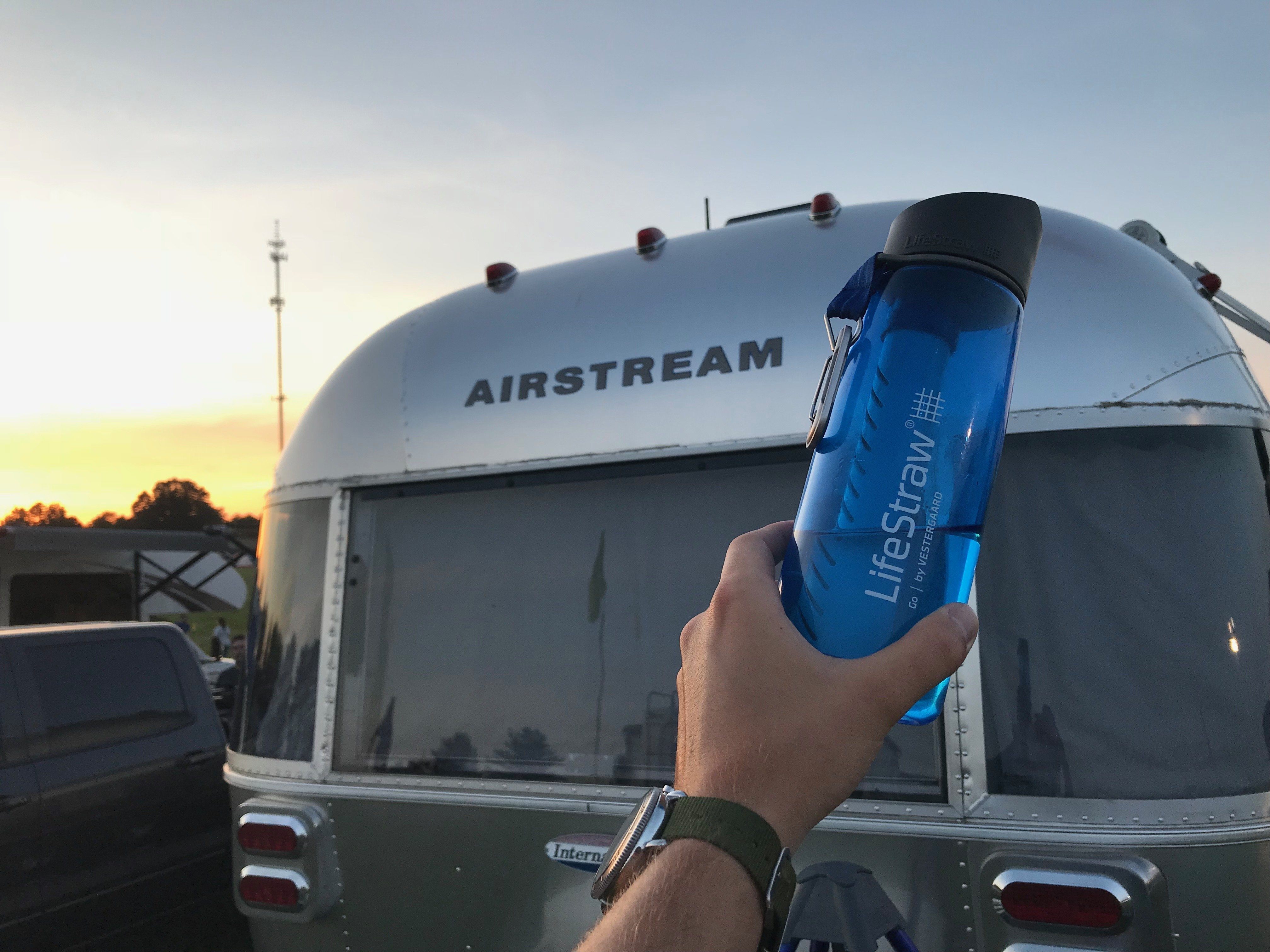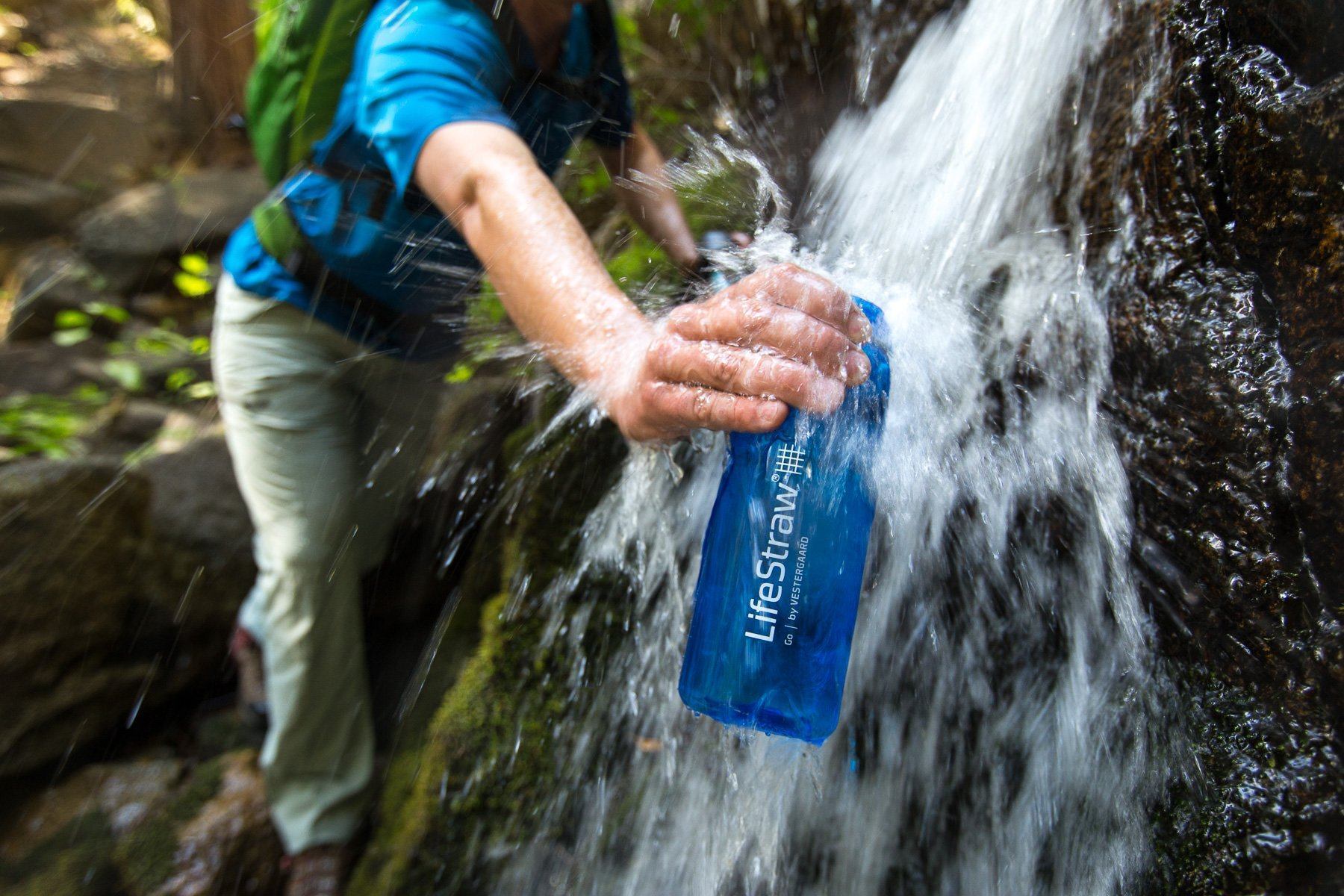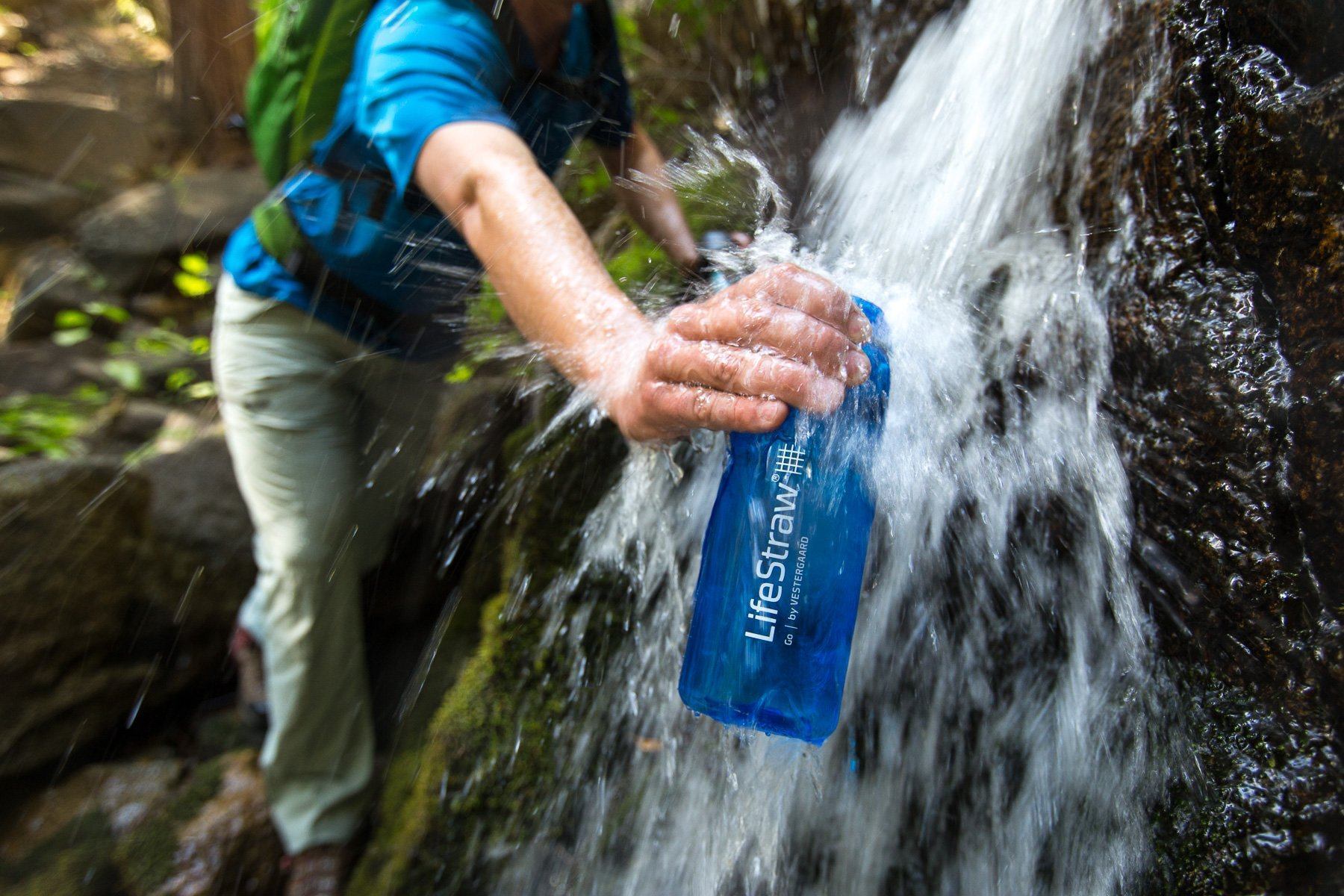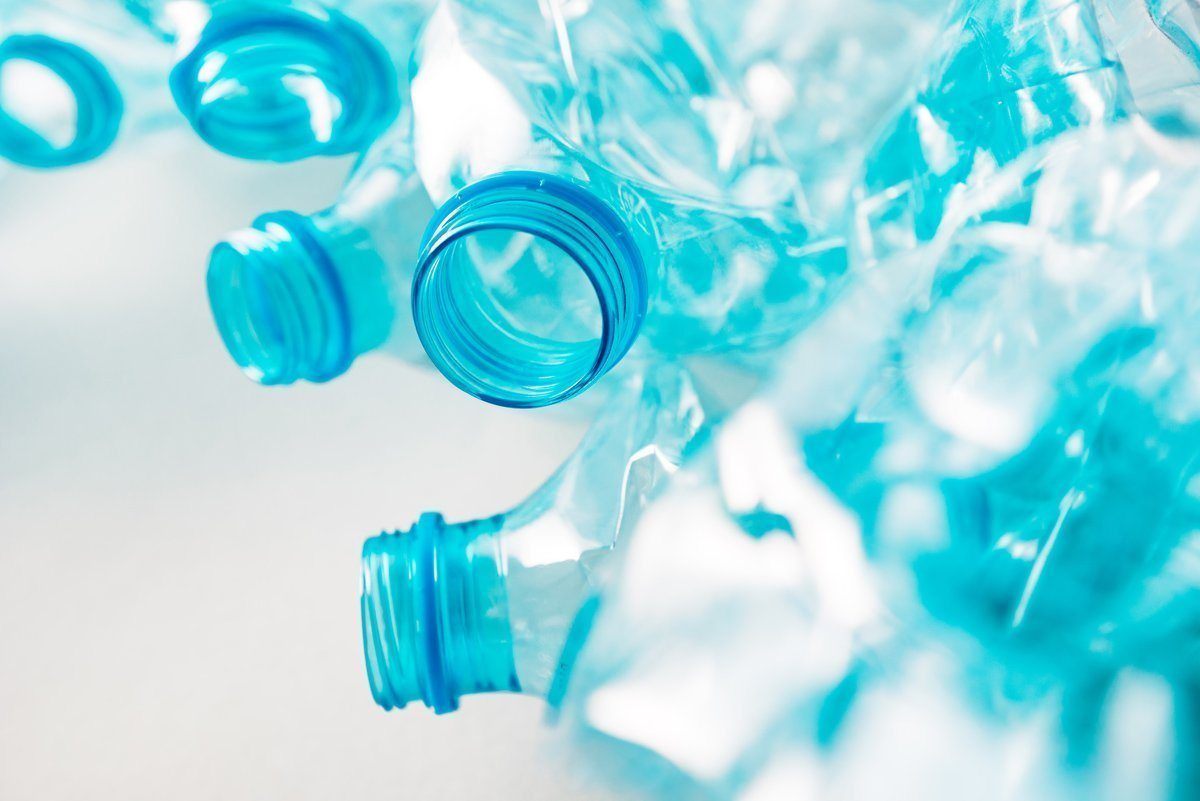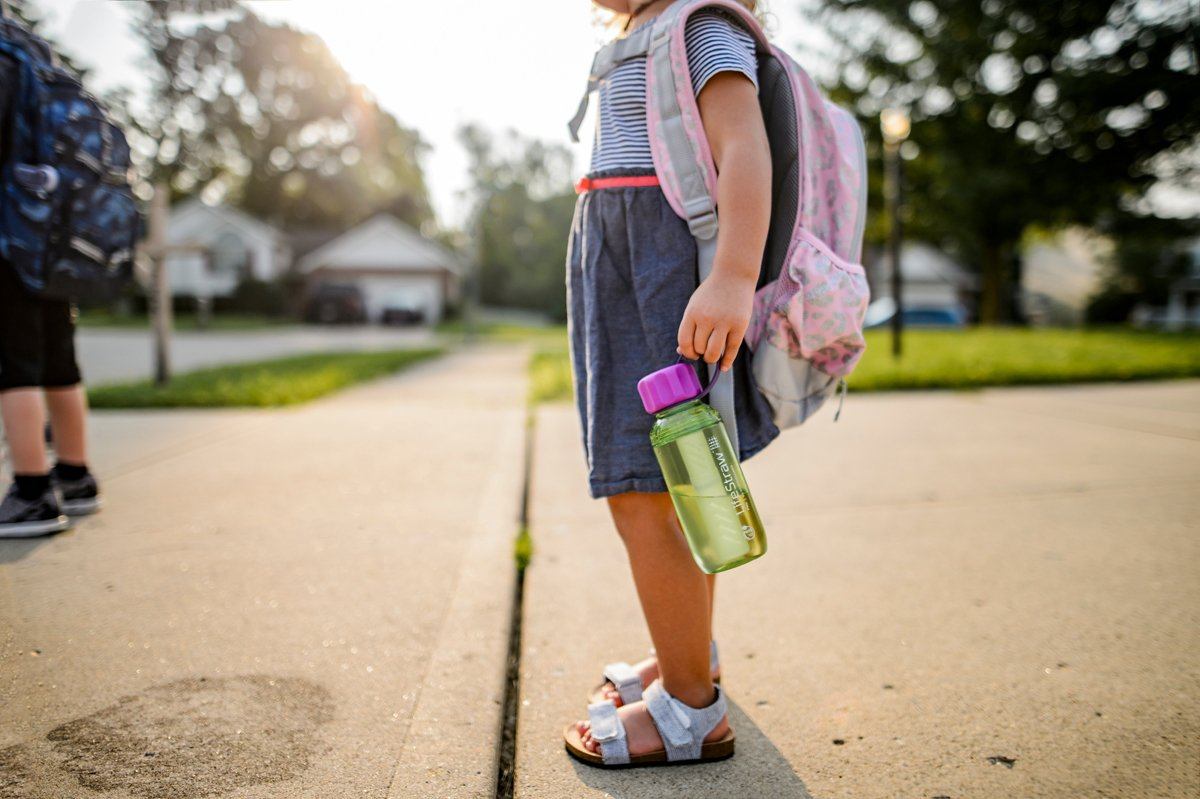
Does your child’s school have safe drinking water?
July 30, 19
As millions of kids around the country trade swimsuits and popsicle sticks for backpacks and pencils, parents should be advised that recent research shows that contaminants in school drinking water can pose a threat to student health.
RECENT REPORTS SHOW LACK OF CONSISTENCY IN TESTING REQUIREMENTS AND LEAD FOUND IN SCHOOL WATER SUPPLIES THROUGHOUT THE US
The bottom line is that contaminants such as lead, microplastics, and other bacteria have been found in tap and fountain water in countless schools in the United States. Students who use school water fountains or eat cooked meals from the cafeteria, can be at risk of consuming water with unsafe toxins and particles.
Lead, in particular, is a huge concern due to old metal pipelines and systems that carry water into schools (1). After Flint, Michigan—where the government failed to prevent high levels of lead in the community’s water supply—researchers began to wonder how other states deal with this toxin (4). Still, research on the presence of other particles such as microplastics, bacteria, and parasites in school water is limited to none.
A Harvard study conducted this year that looked at water tests from nearly 11,000 schools found that almost half had lead concentrations above the state’s action level (7). In another report published this year by Environment America, state-specific data showed 88 percent of 100 school districts tested in Oregon showed lead in school drinking water (3). In New York City school buildings, 83 percent of the water had lead levels over 15 ppb (3). Half of Arizona taps tested contained lead (3). The list goes on and on, and that only includes the states that actually collect data.
No level of lead is safe (1). Low levels of lead can affect students’ ability to learn and grow, such as causing learning disabilities and hearing impairments (2). Students are also more vulnerable to lead and its effects since they are not fully developed compared to adults(2). High levels of lead can cause nerve and brain damage, high blood pressure, and kidney disease (2).The EPA estimates that roughly 8,000 schools and childcare facilities in the United States maintain their water supply and are regulated under the Safe Drinking Water Act, which sets drinking water quality standards (5). That leaves 98,000 public schools and 500,000 childcare facilities not regulated under the Safe Drinking Water Act, which means they may not be consistently testing their school water supply (5).
Lead can come from a number of sources. Lead levels depend on the material of the pipes carrying water and the amount of time water sits in these pipes. School breaks leave drinking water even more vulnerable; the longer it sits in contact with the pipes the more likely lead will enter the water (9). If a school’s tap water is contaminated, students may consume lead through cafeteria lunches, water coolers, or ice machines.
How are schools getting away with lead and other impurities in their water? Funding for new pipelines or filtration water stations are expensive, but, there is also a lack of federal quality standards and statewide requirements for testing school water sources and pipelines. Only about 9 states and the District of Columbia require lead testing of pre-kindergarten through twelfth-grade drinking water (8). According to the Government Accountability Office, the rest of the states either conduct voluntary tests or none at all(8). And in many cases, lead can be a localized issue - old pipes in a school can mean one school had high lead concentrations and another place down the street is fine.
So, check to see if your child’s school has been tested for lead and other contaminants recently. If it hasn’t, ask the administration about plans to get the school’s drinking water tested.
WHAT YOU CAN DO TO ENSURE YOUR KIDS GET SAFE WATER AT SCHOOL
There are great technologies out there to protect your kids from contaminated school water. To be safe, have your kids bring a pre-packed lunch and filtered water bottle that removes lead such to school. This way, lead and other contaminants will be removed from their drinking water, even if they need to refill while in school
The LifeStraw Play is the only kid’s filtered water bottle that protects against lead, chlorine, microplastics, bacteria, and parasites from water as well as other toxins. The activated carbon filter also allows for tasty and clean-smelling water, so your kids will be satisfied and free of complaints.
The LifeStraw Play’s two-stage filtration system reduces all unwanted impurities in your kid’s drinking water. The Play also checks the following boxes:
-
Meets US EPA drinking water standards for bacteria and protozoa reduction.
-
Meets NSF/ANSI Standard 42 for chlorine reduction, bad taste, odor.
-
Meets NSF/ANSI Standard 53 for lead reduction.
Because it removes so many contaminants, the LifeStraw Play is also super versatile. Your kids can bring it to school as well as to the park, they can fill it in a river while camping, or in a sink while traveling internationally on vacation. These colorful, unique water bottles are long-lasting and leak-free. Kids will also love the fun interchangeable icons that they can choose from to personalize the top of their water bottle – and parents – this also means you don’t have to re-write their name with permanent market 100 times over the course of the school year!
And with every product purchased at LifeStraw, a school child in need receives safe water for an entire school year.
Add a LifeStraw Play to your back-to-school shopping list and equip your kid to be happy, healthy, and hydrated on their first day of school.
And as your child bounces down the halls with their LifeStraw Play and healthy water supply, another child across the world will be able to do the same.


